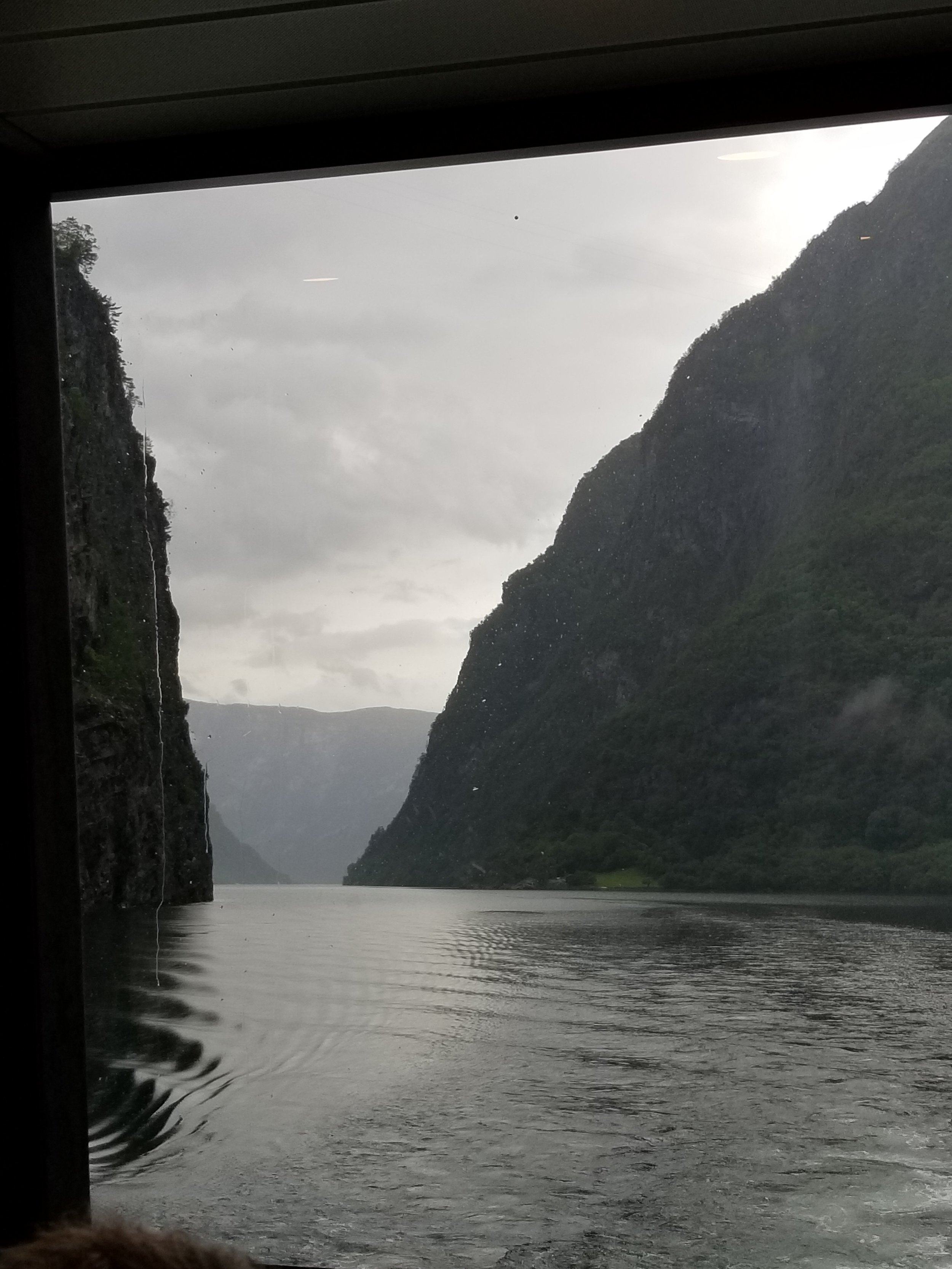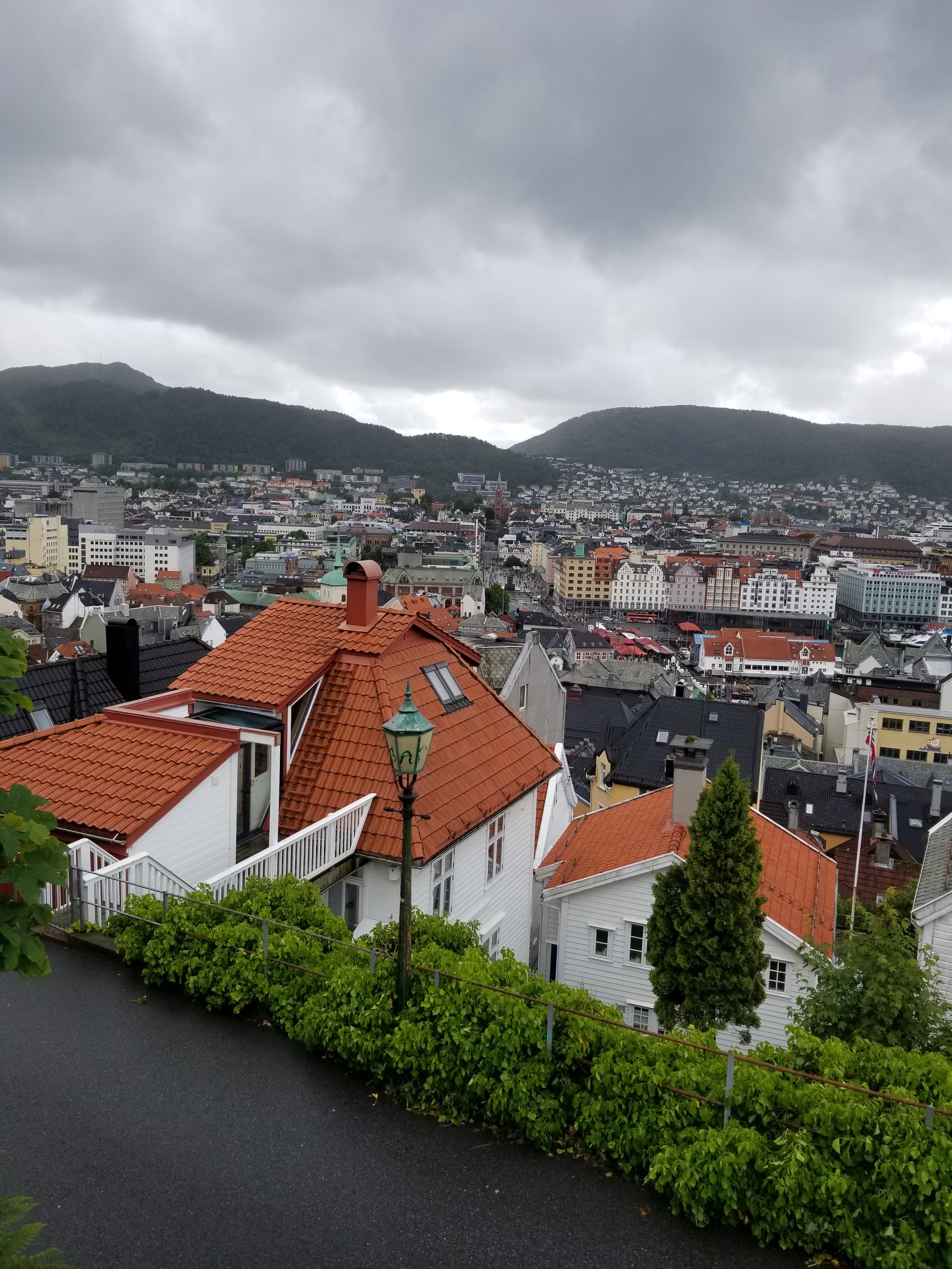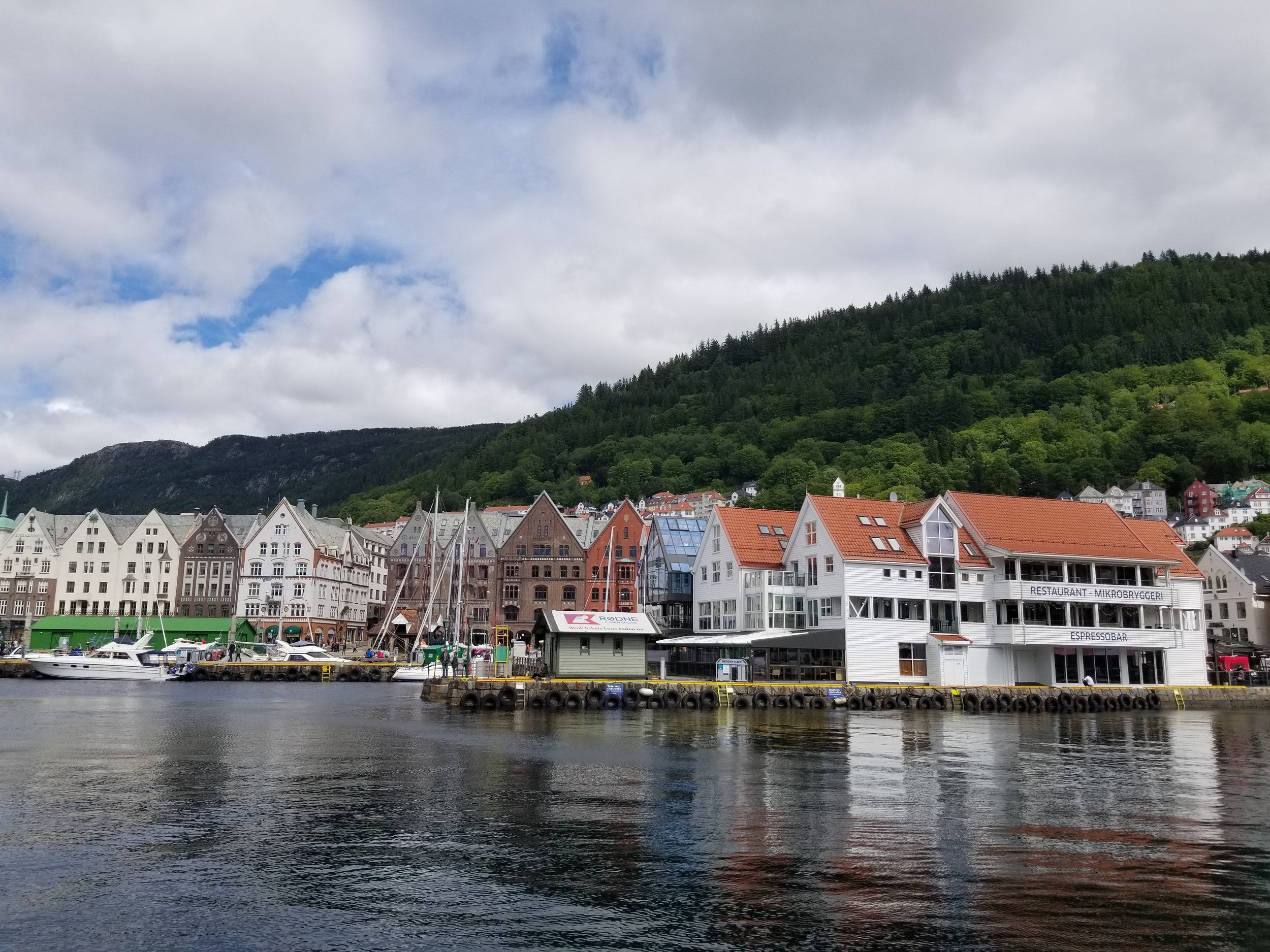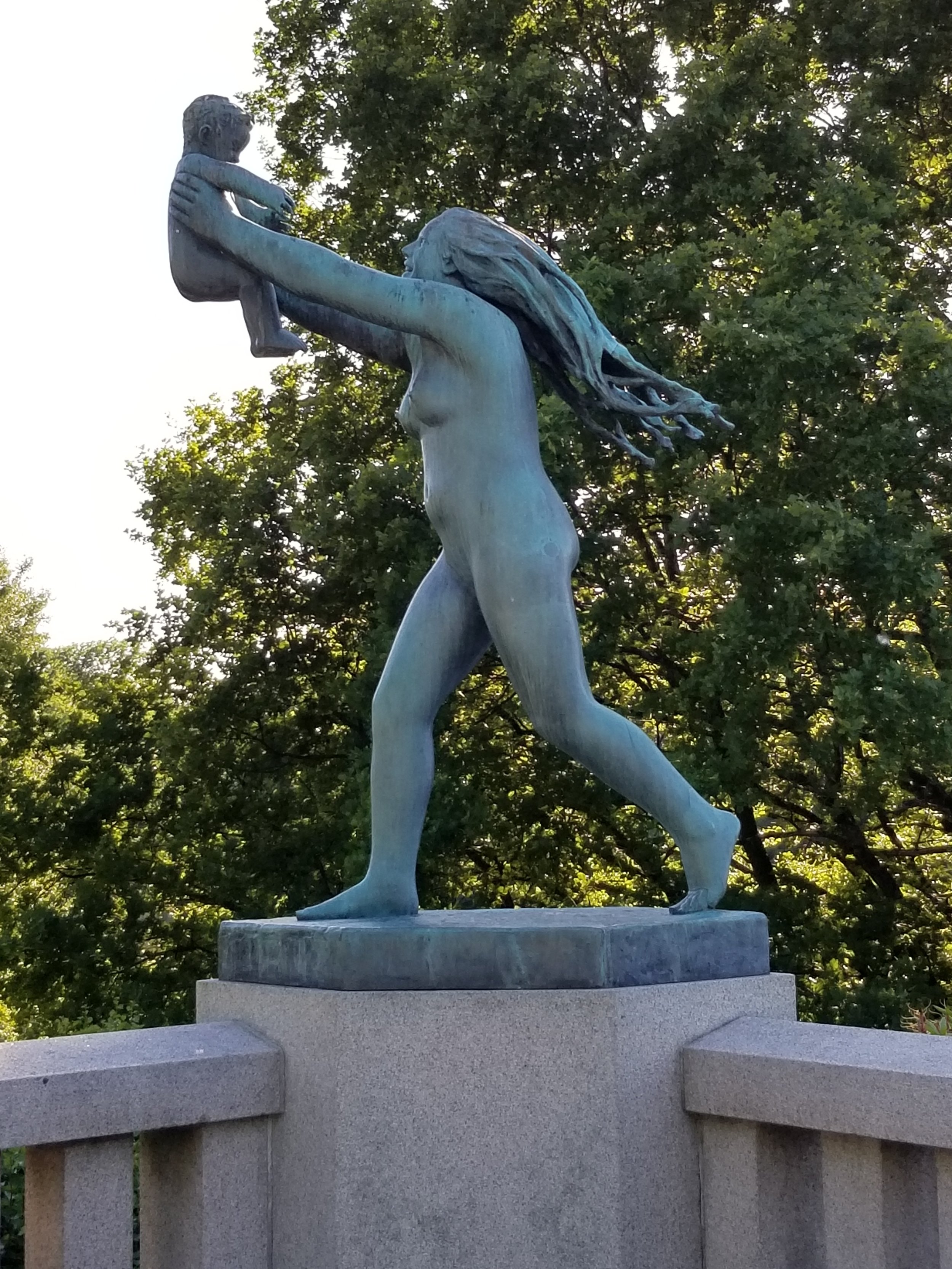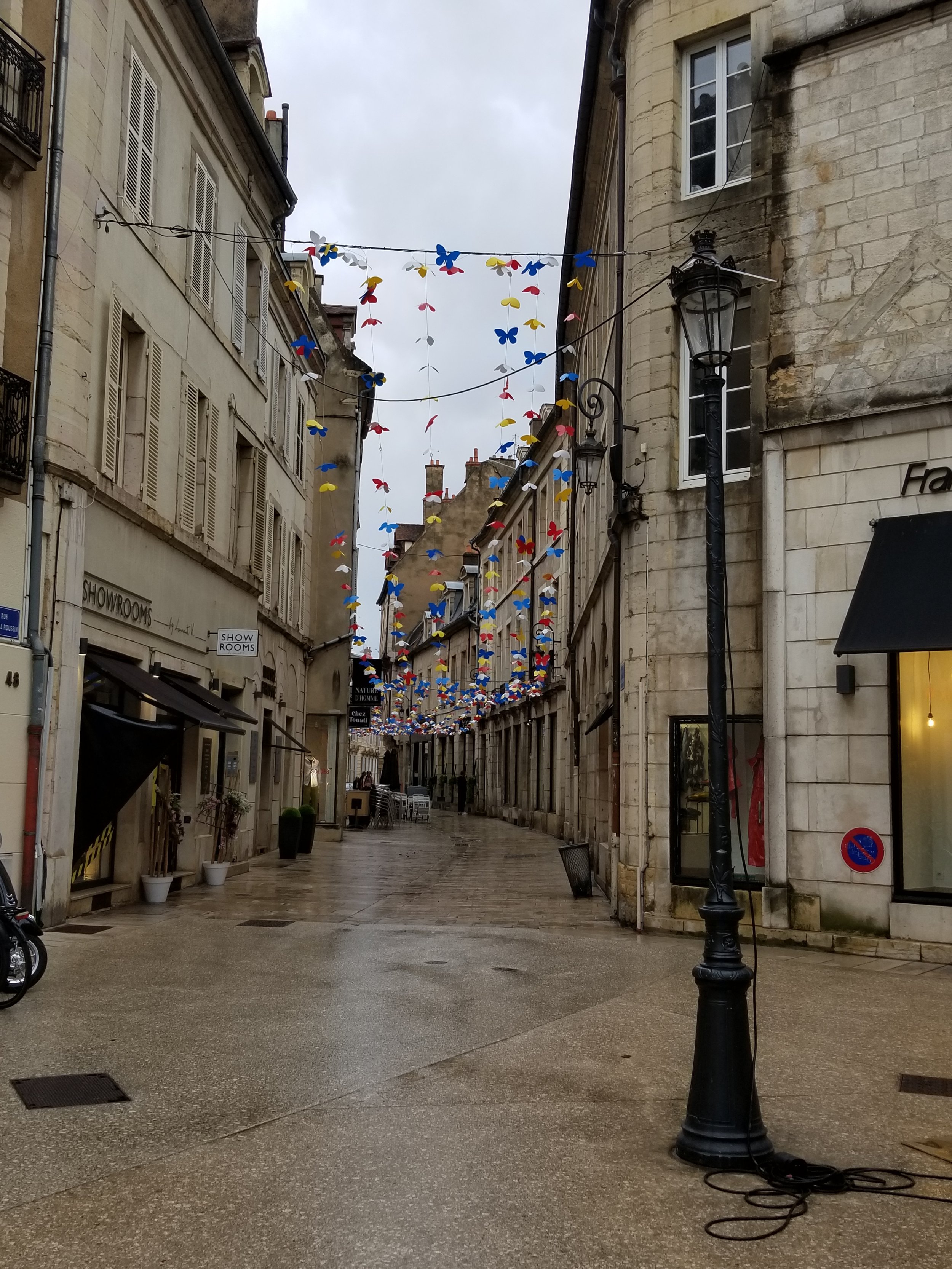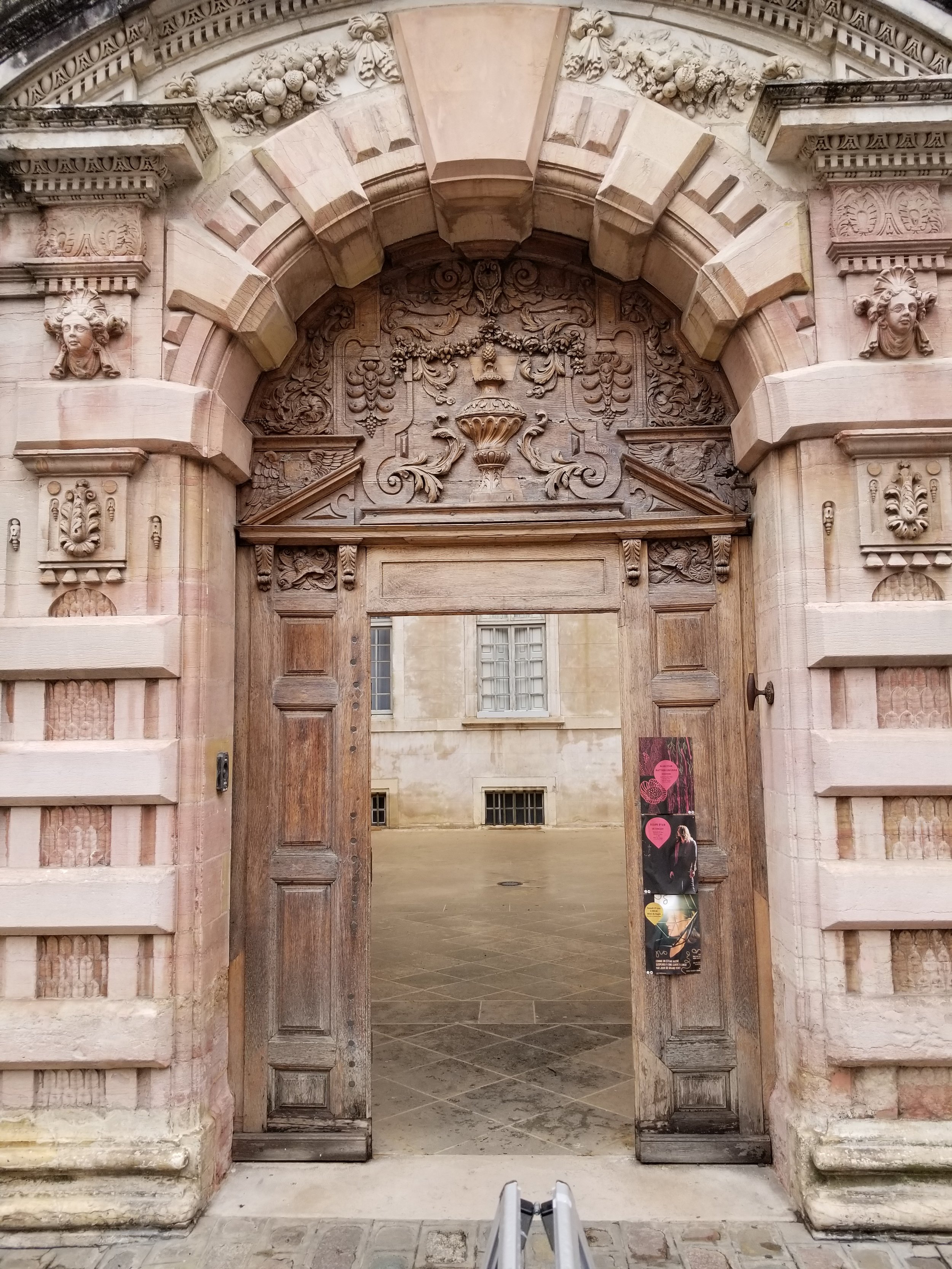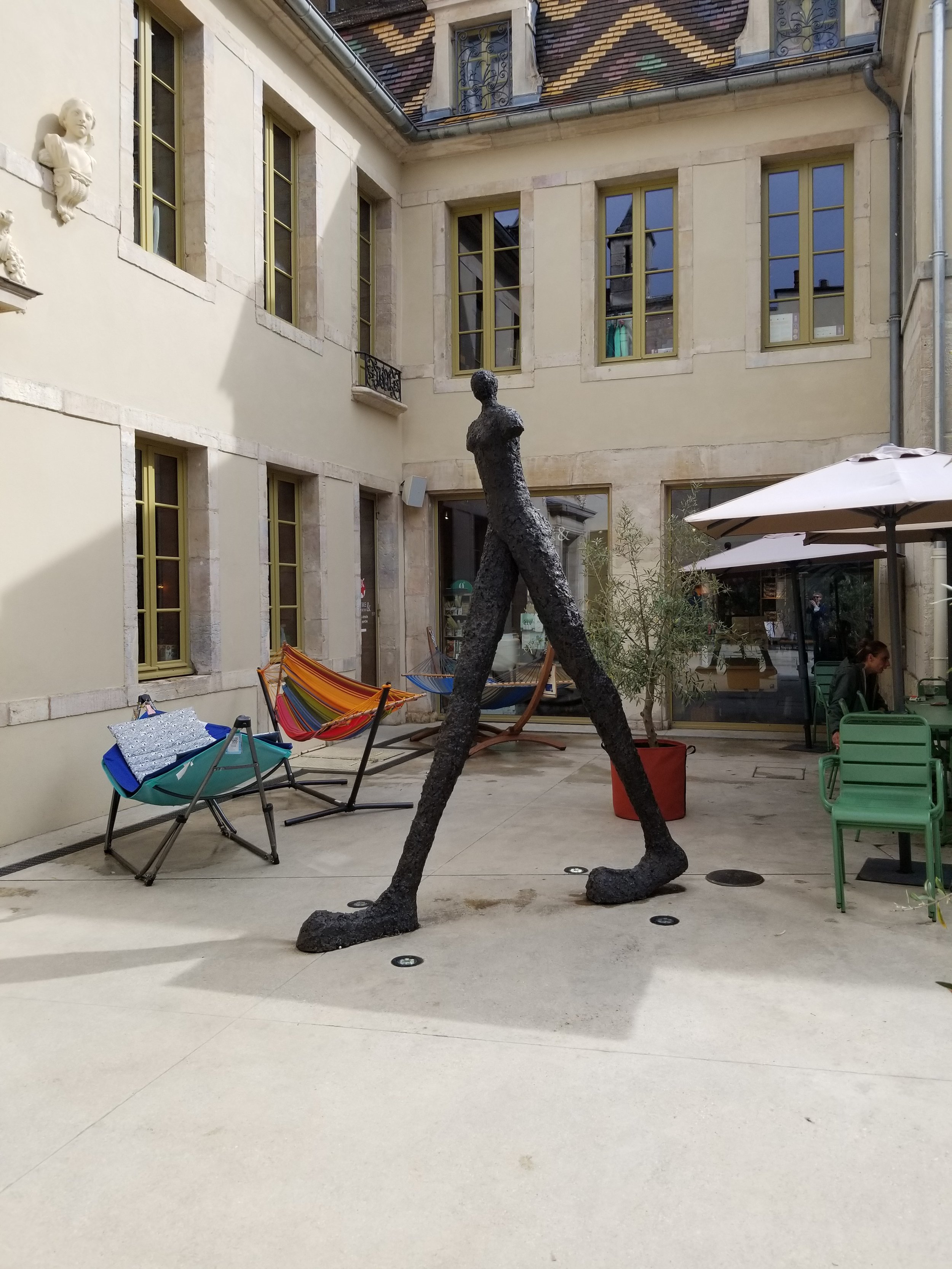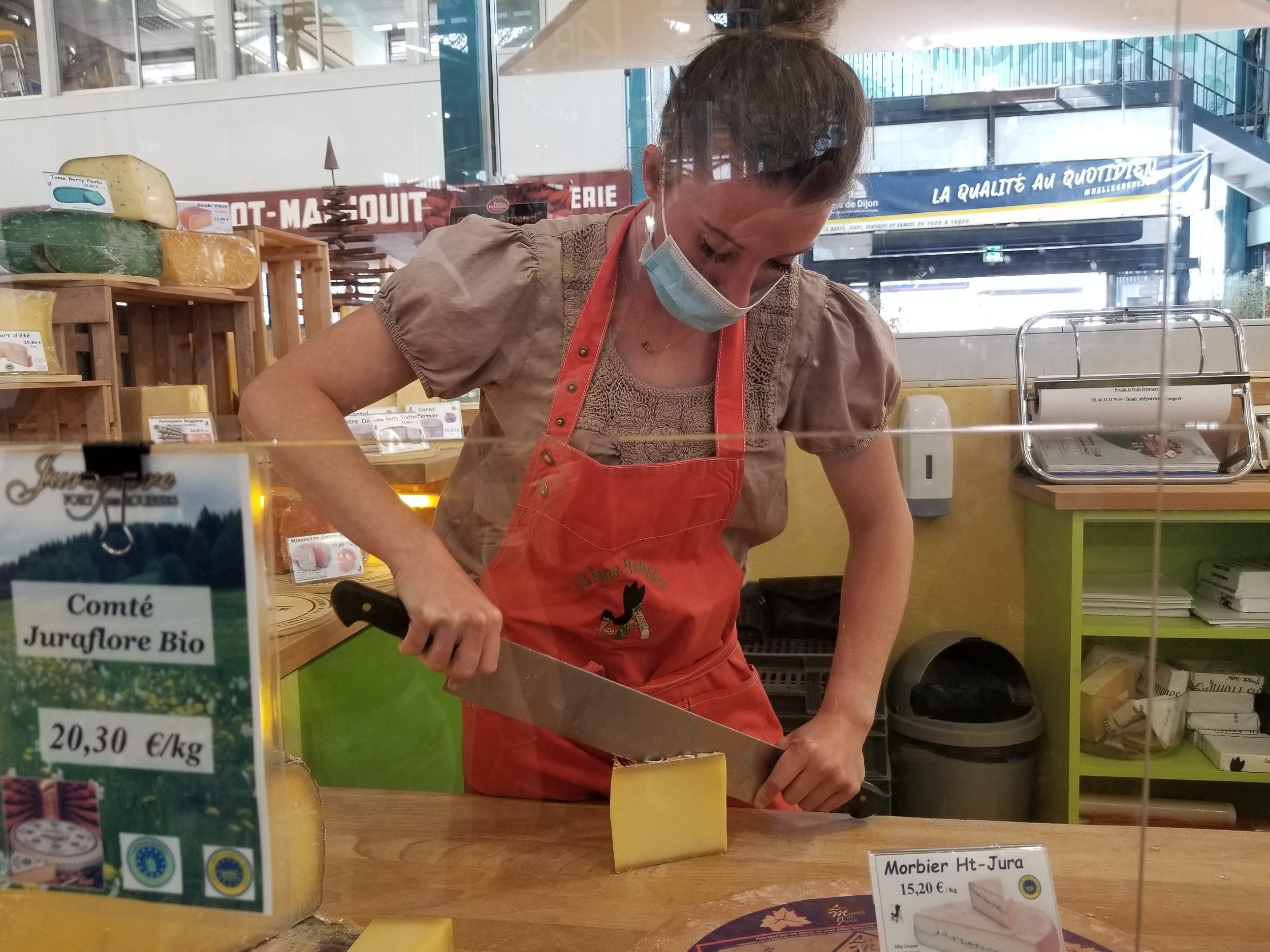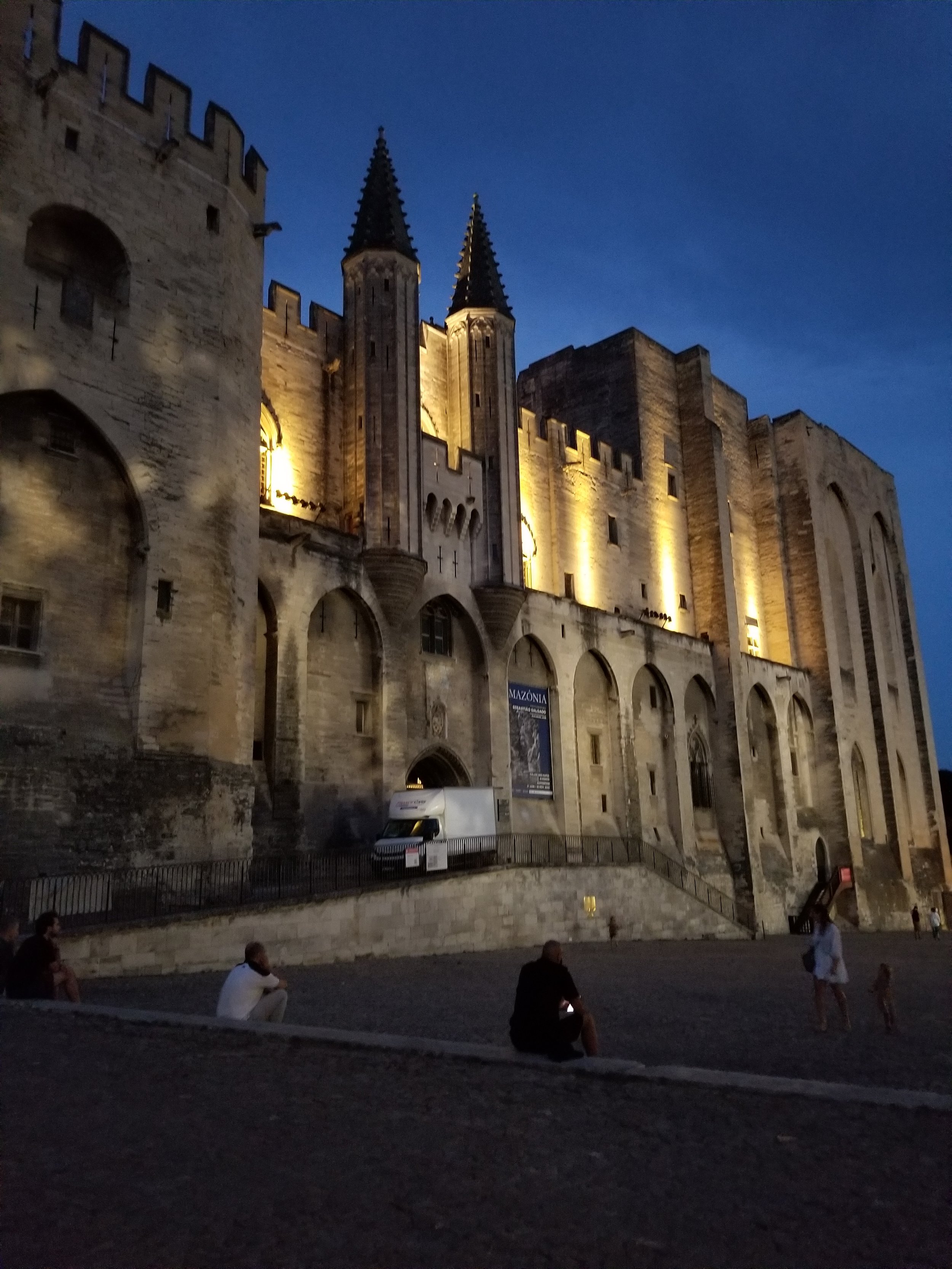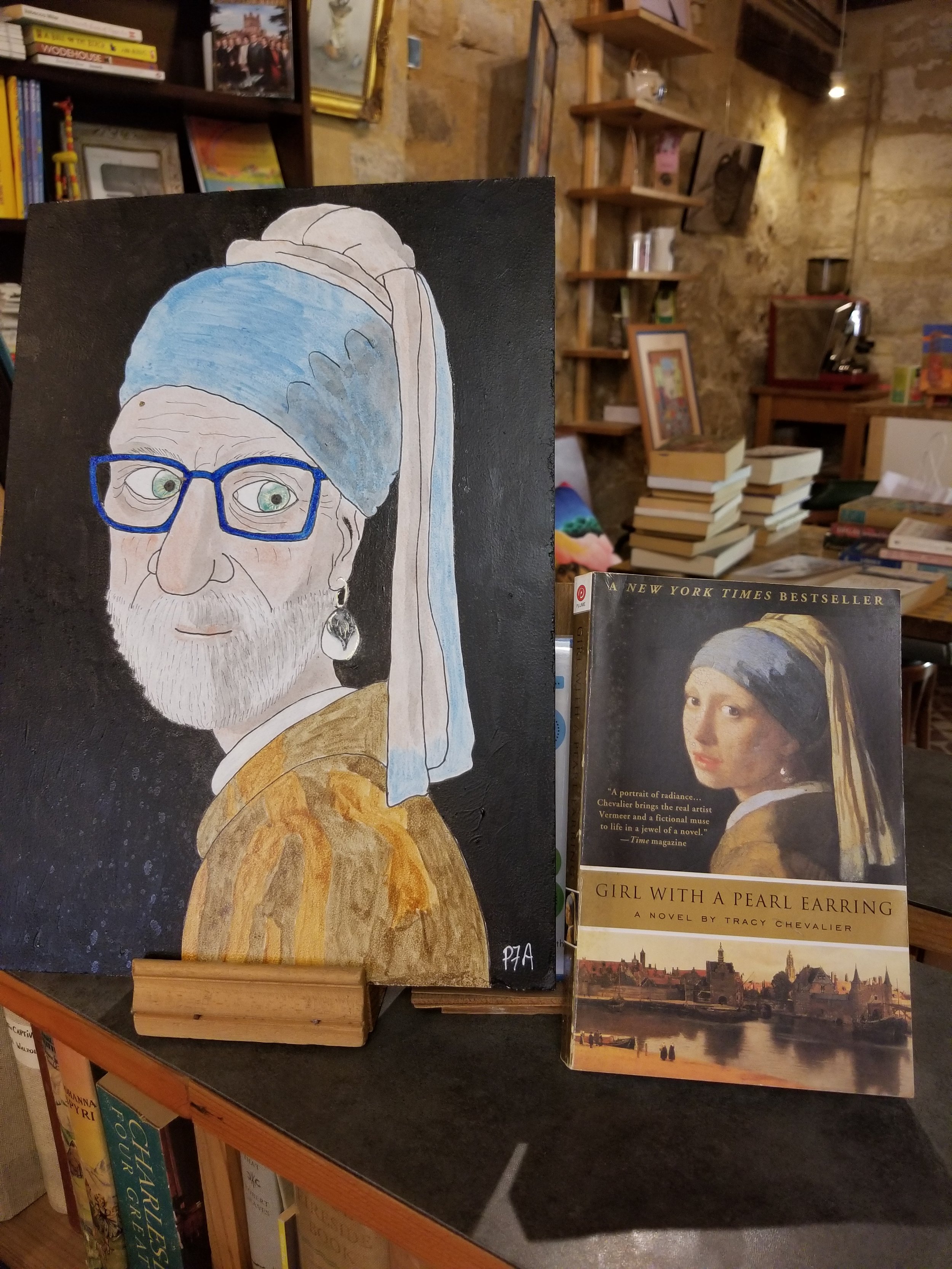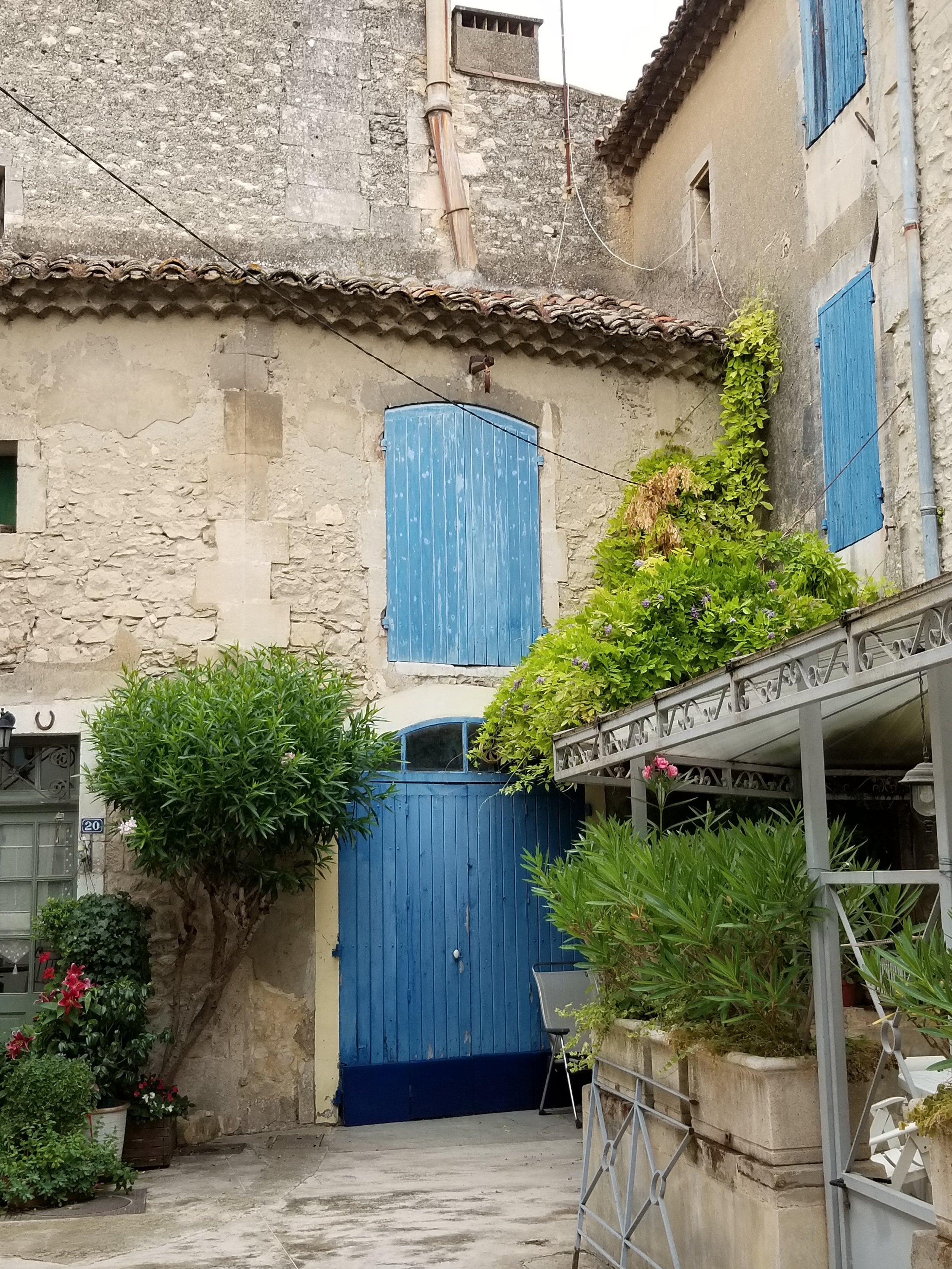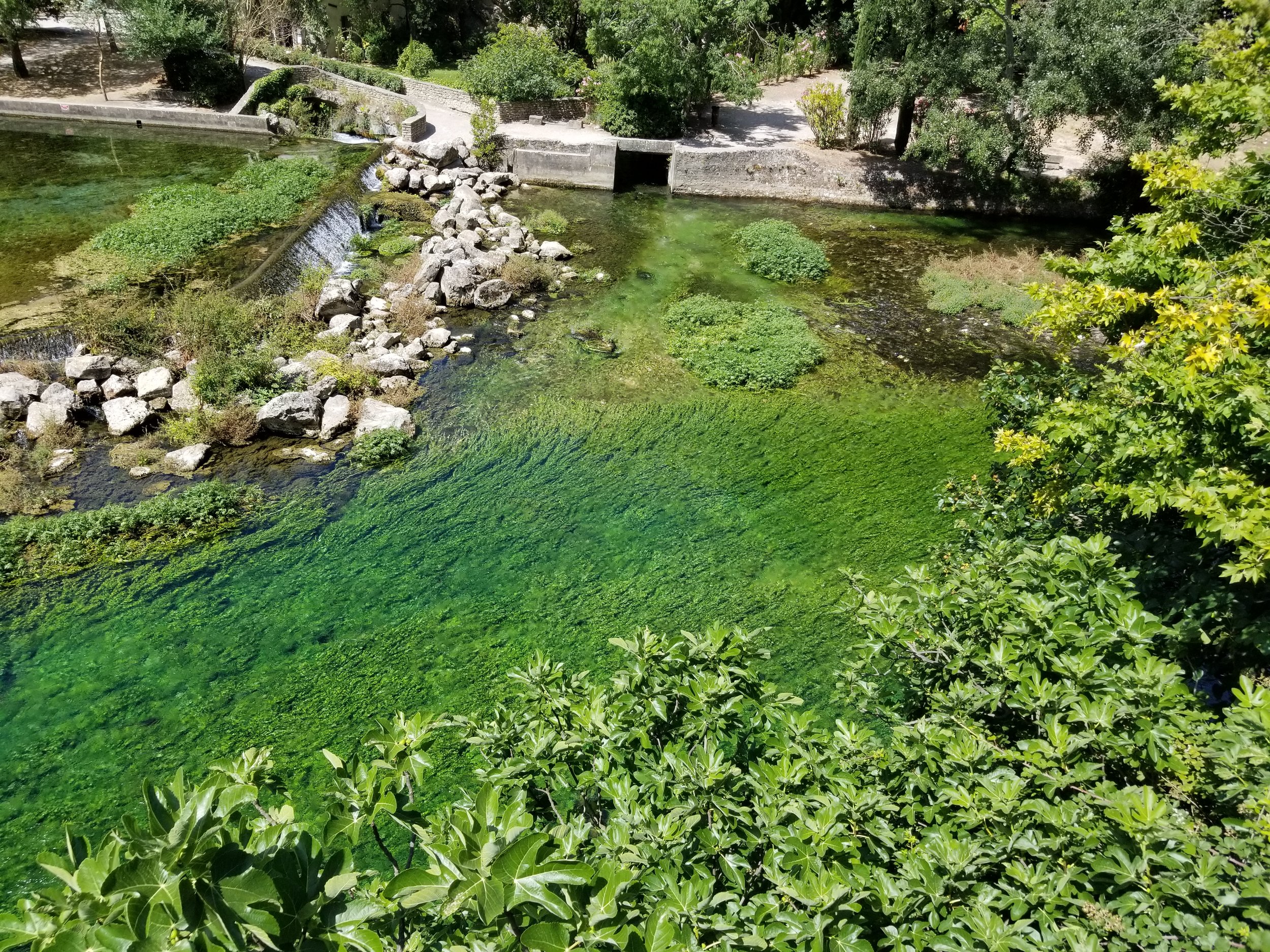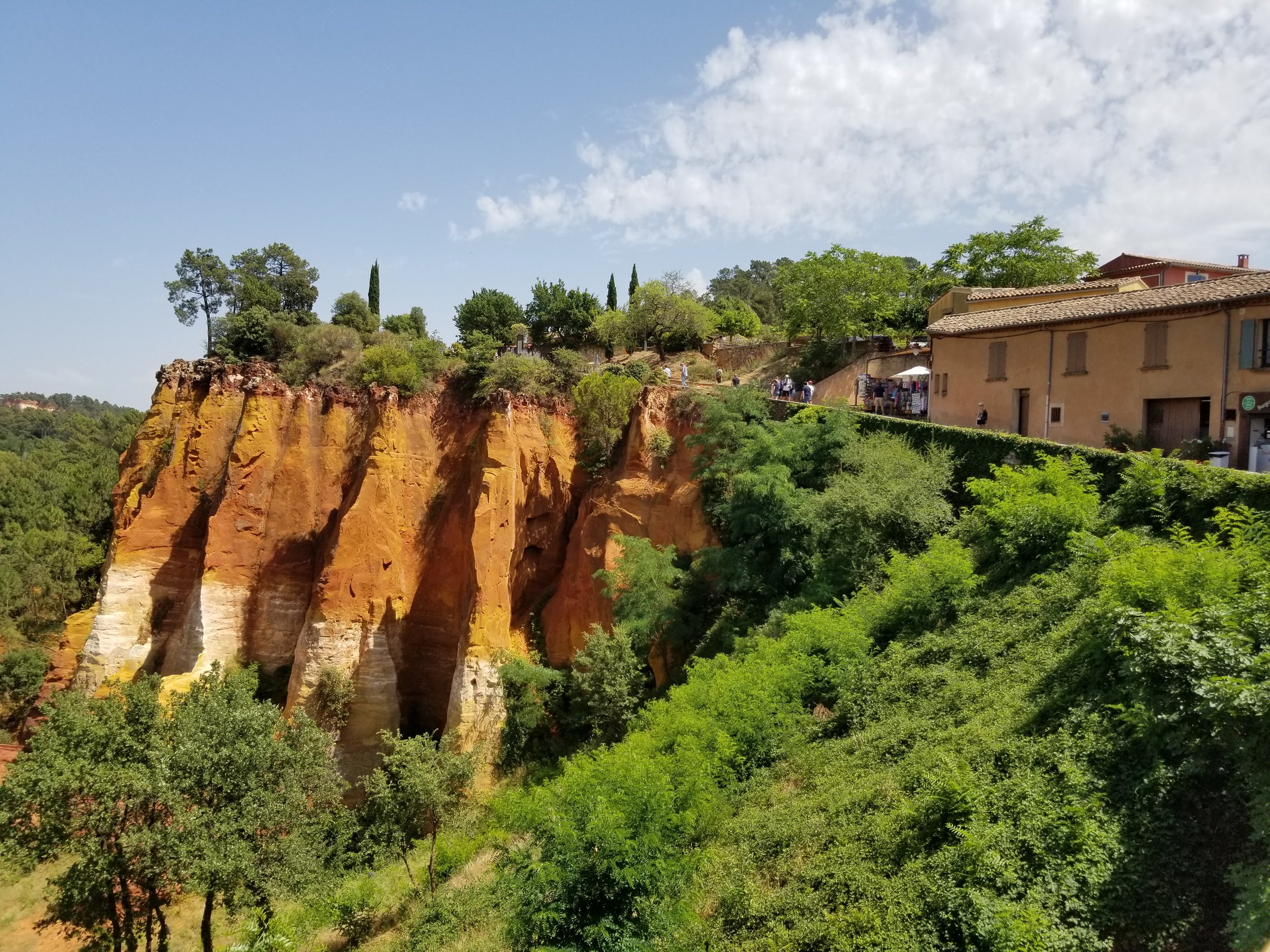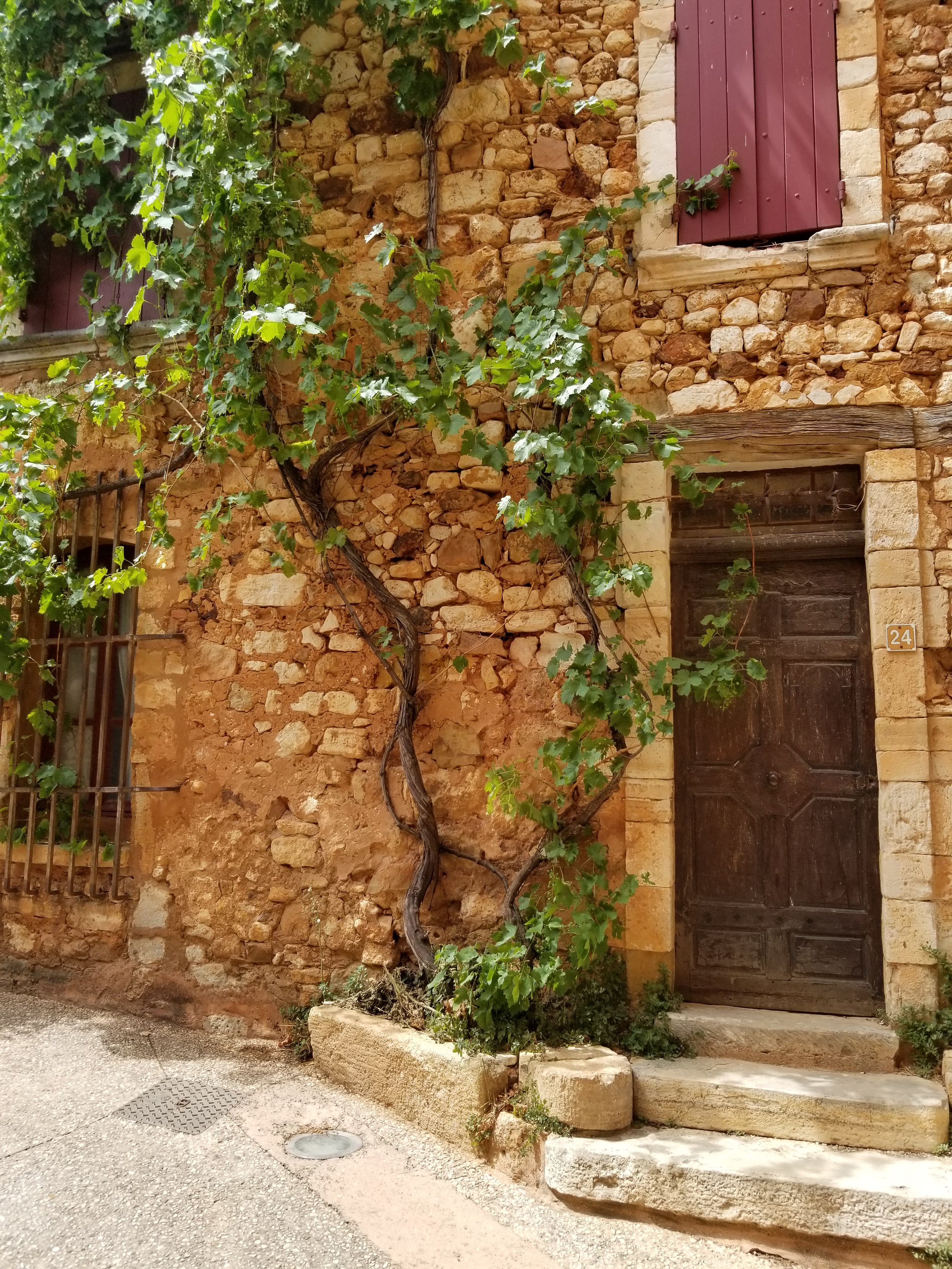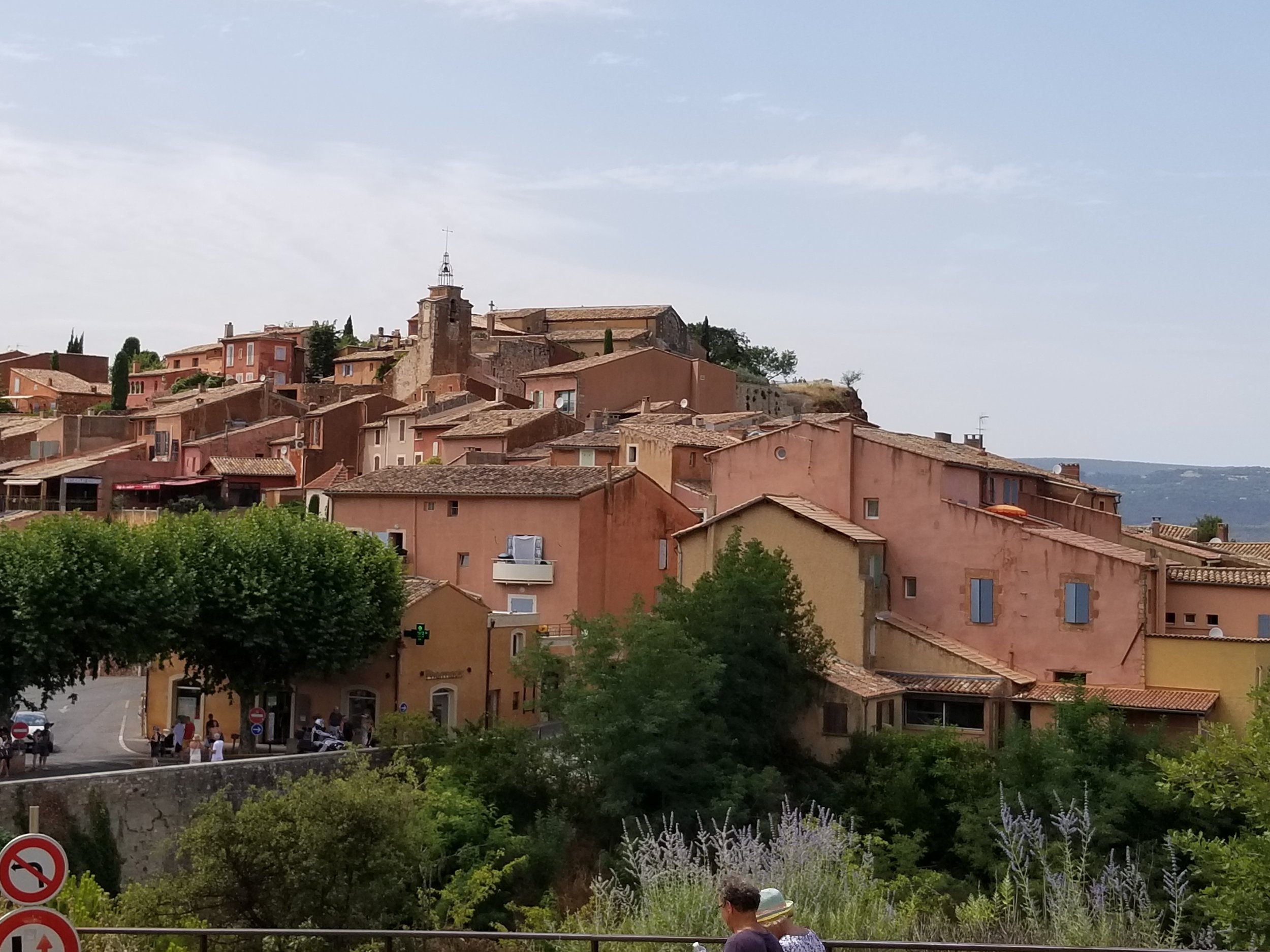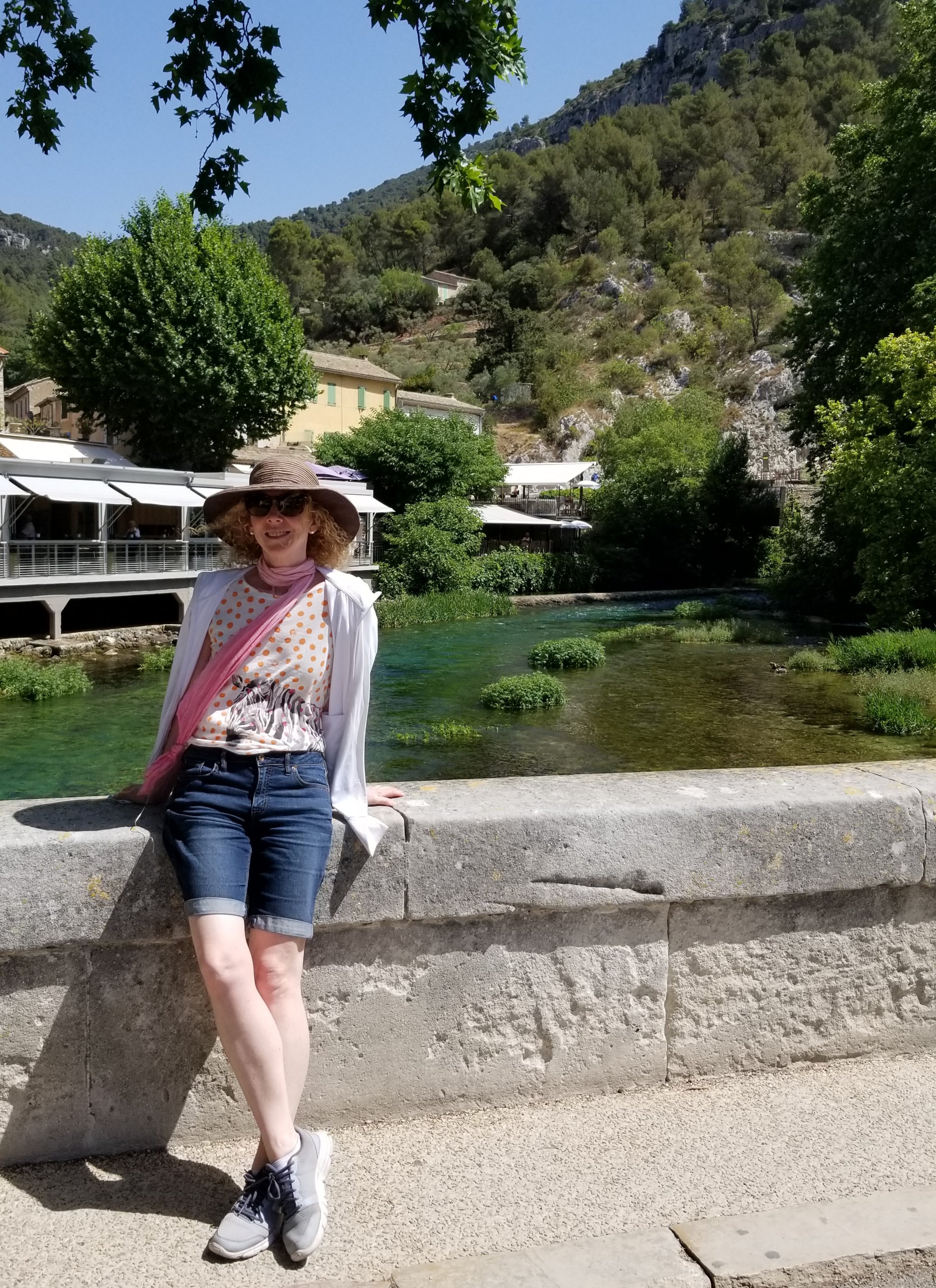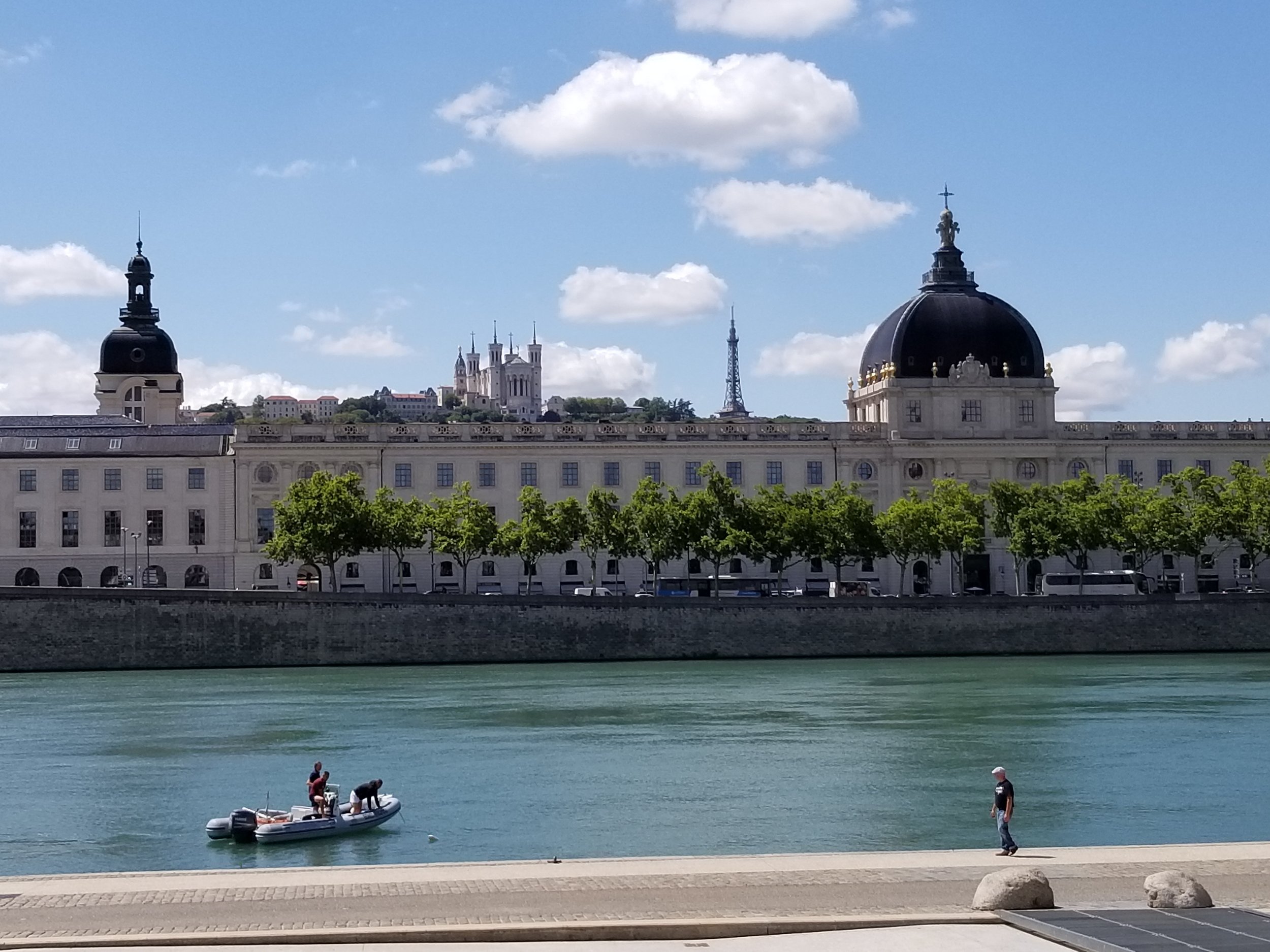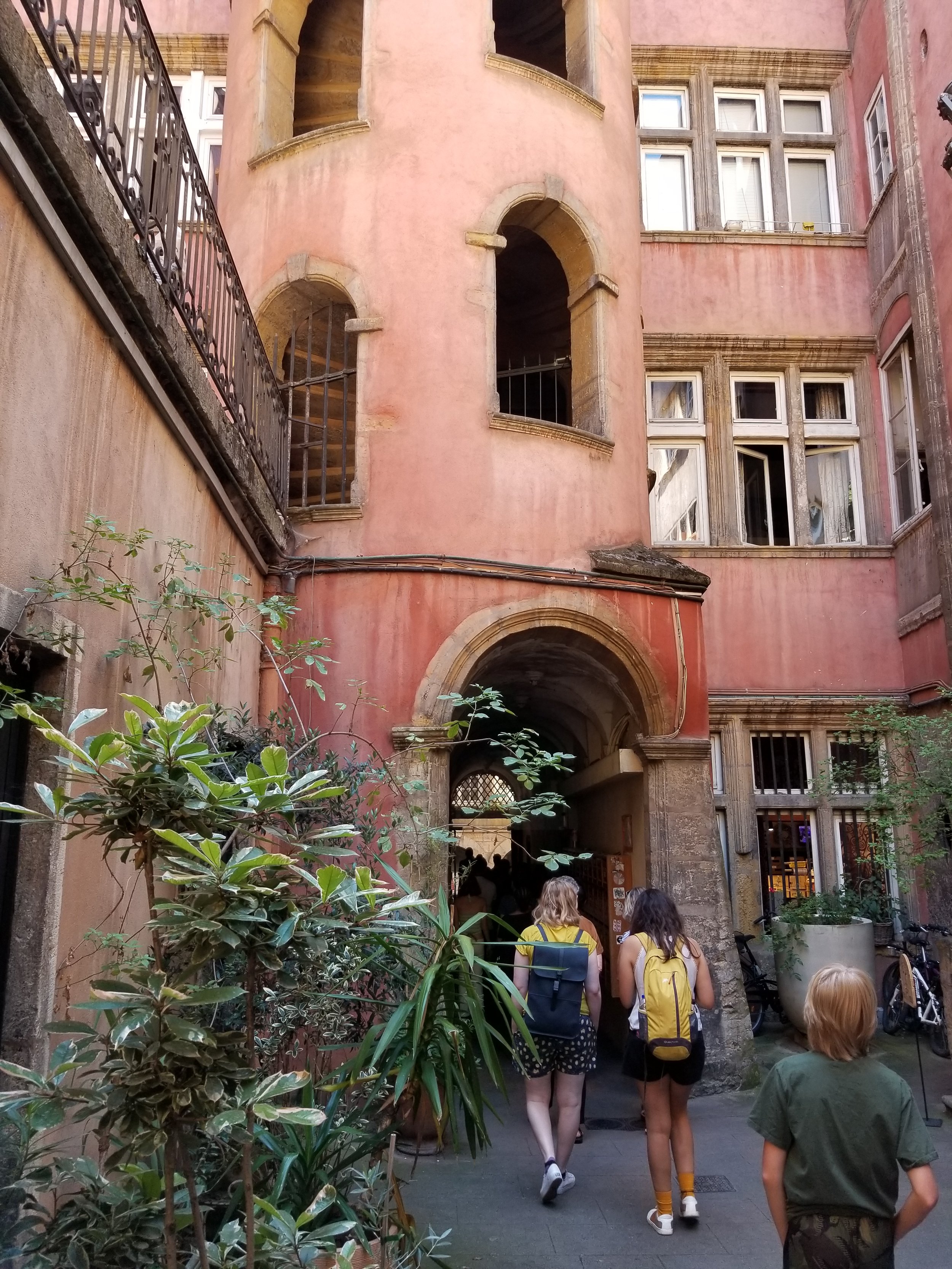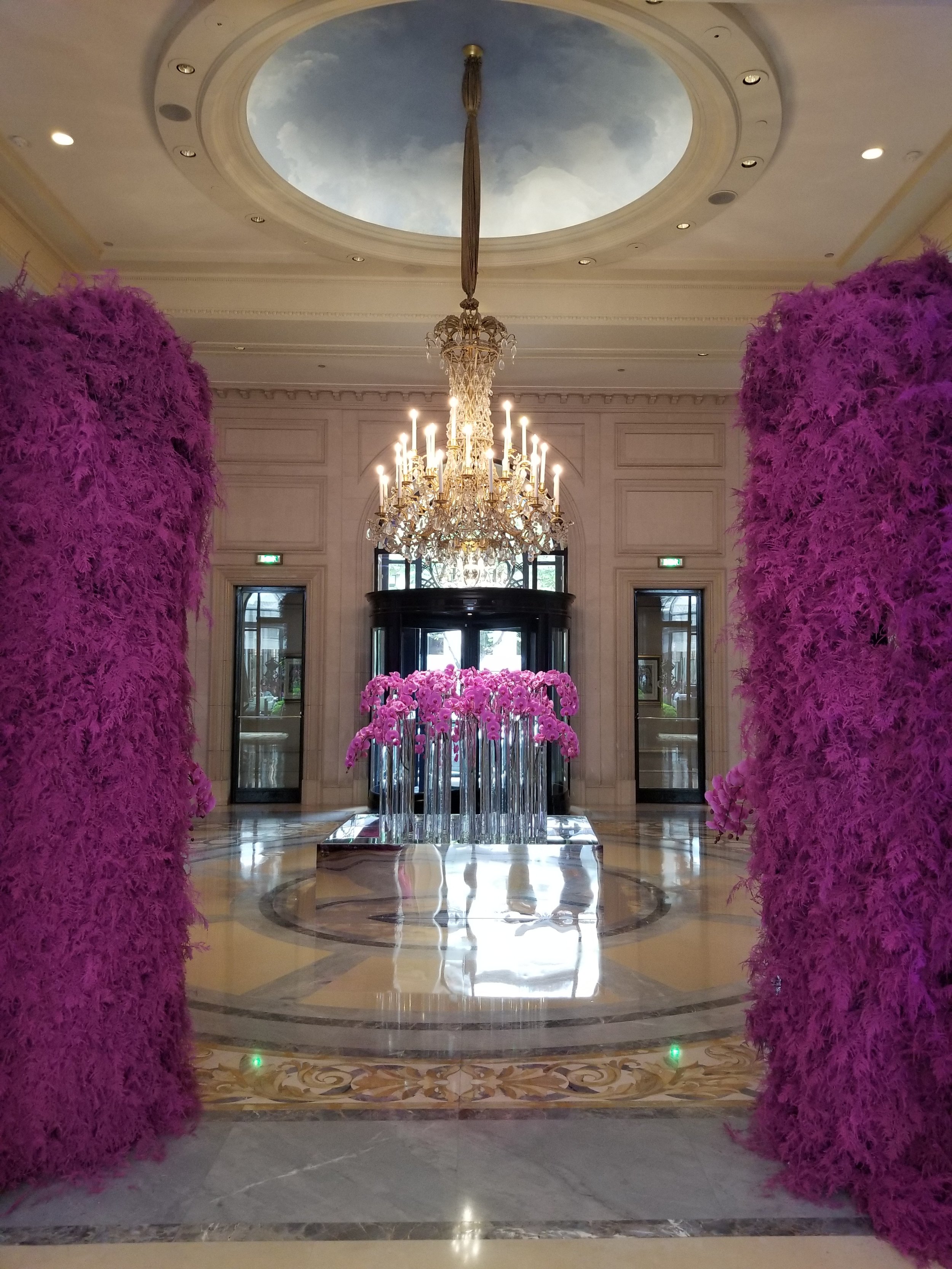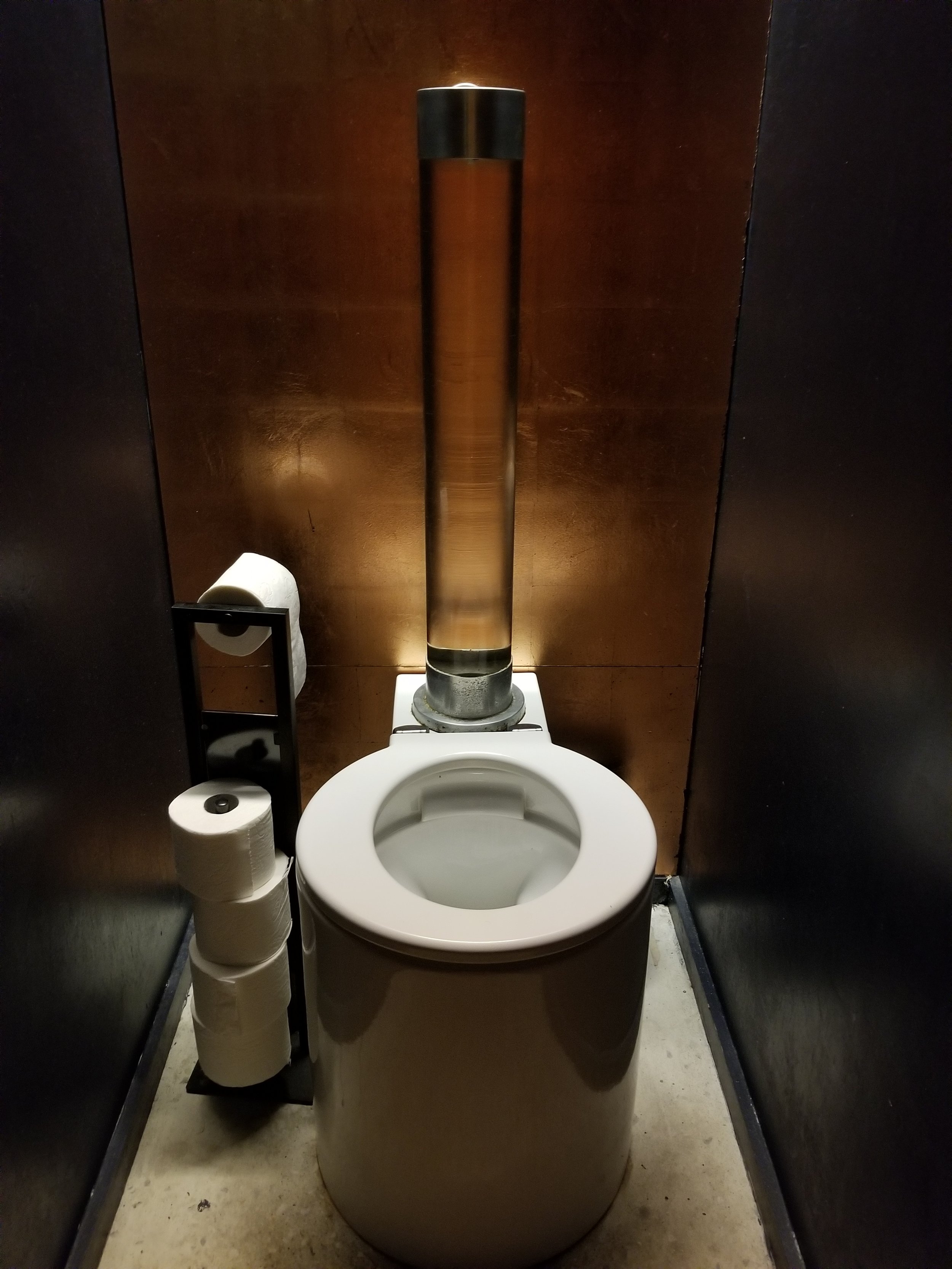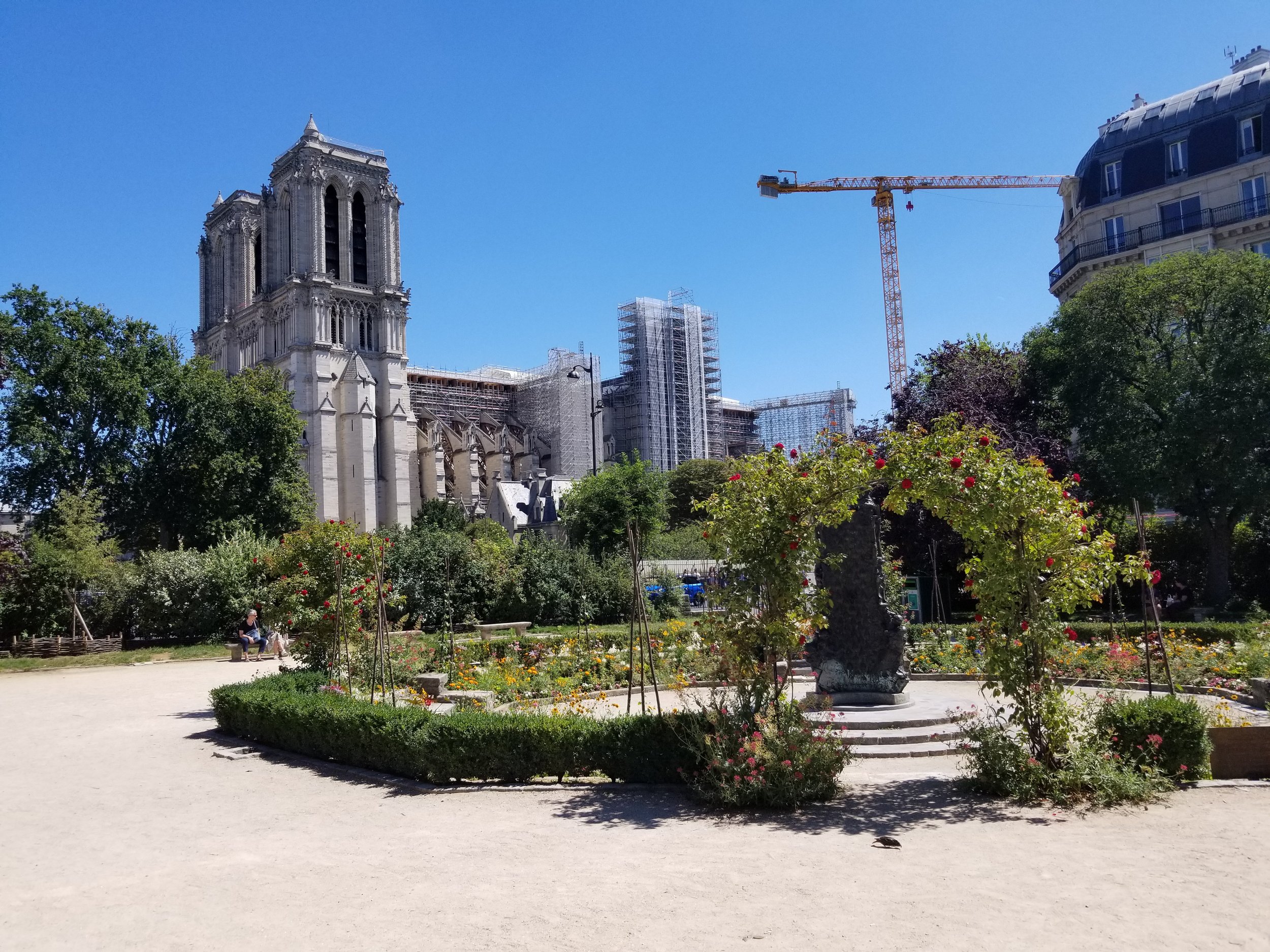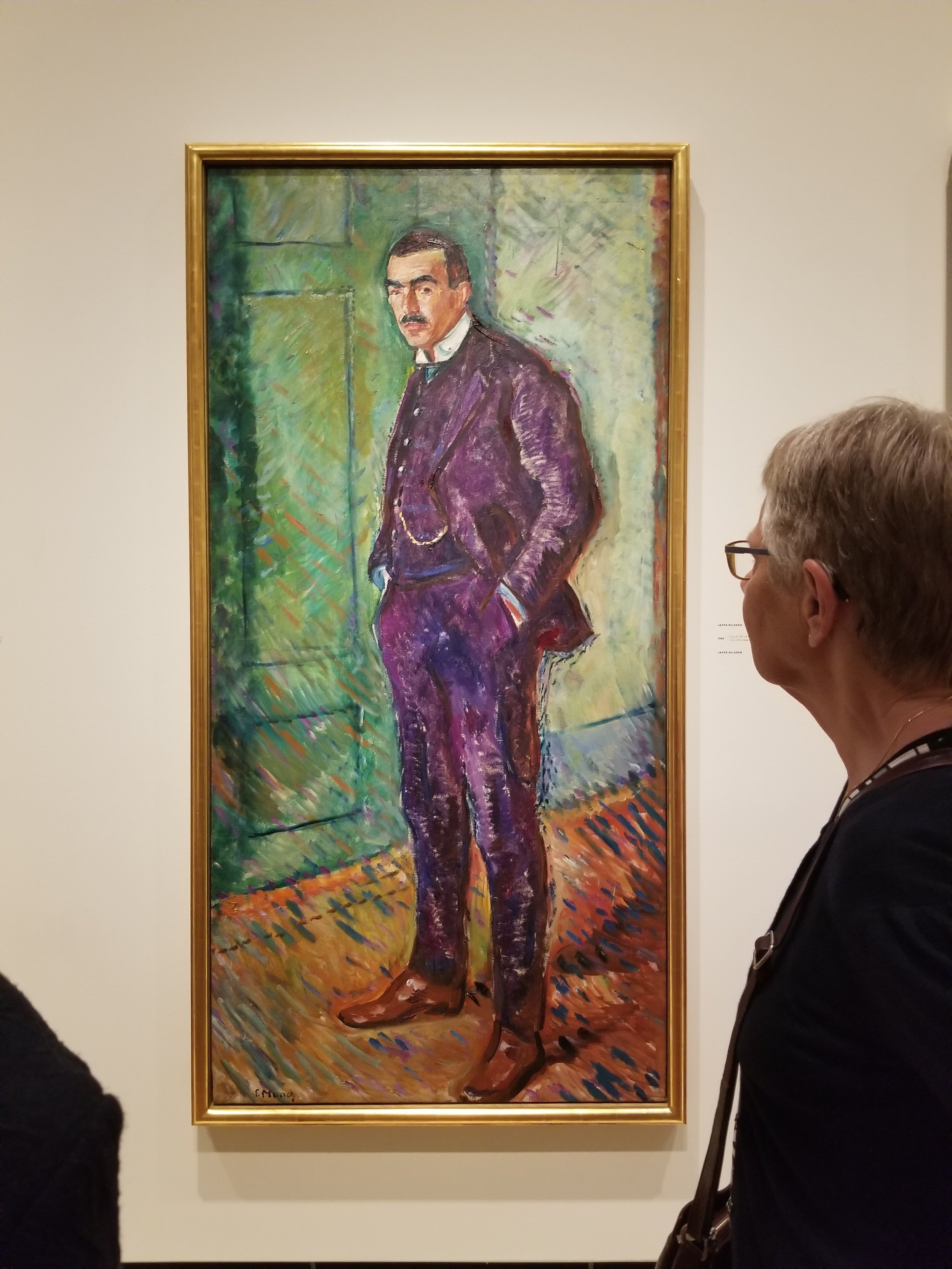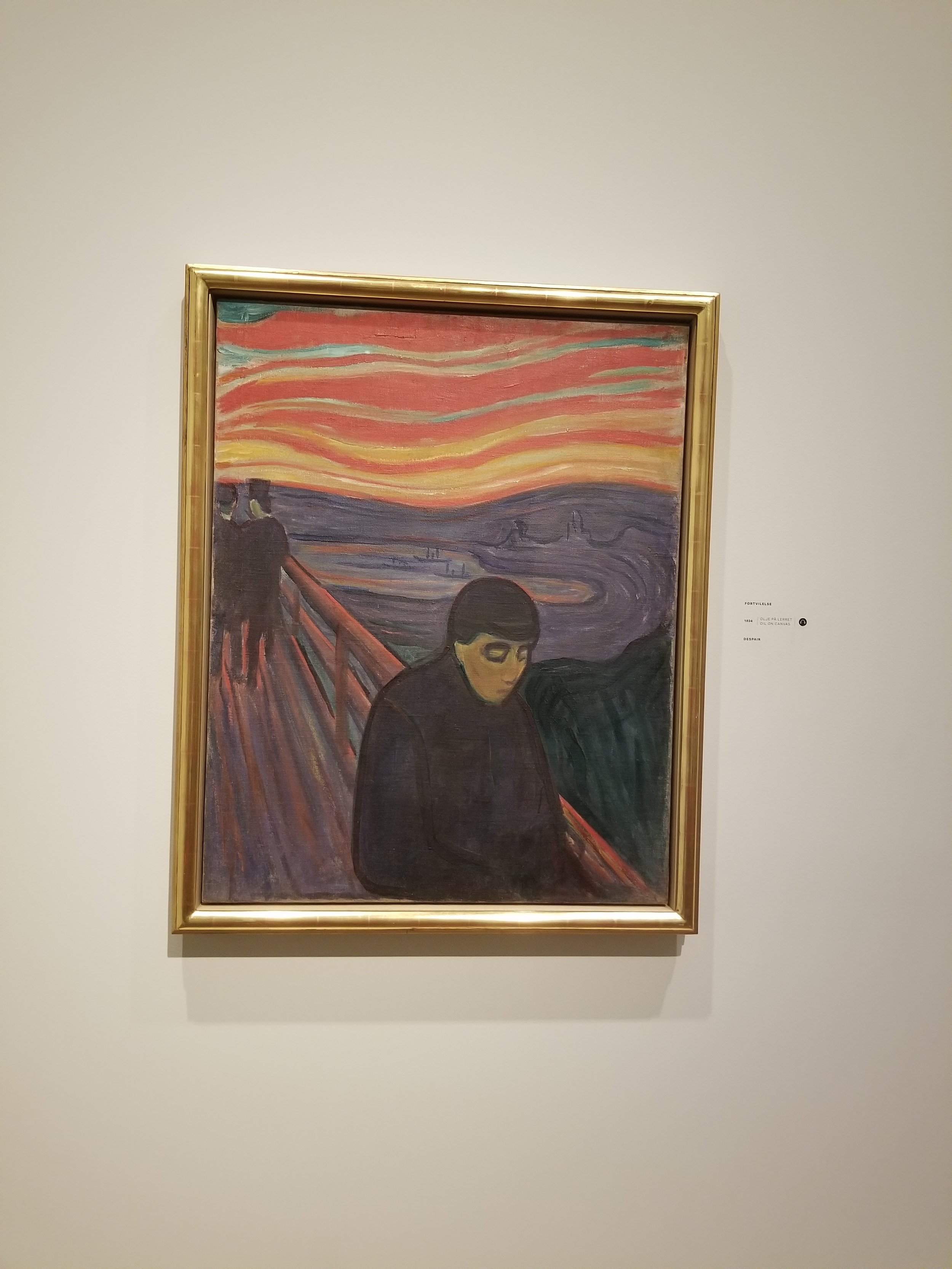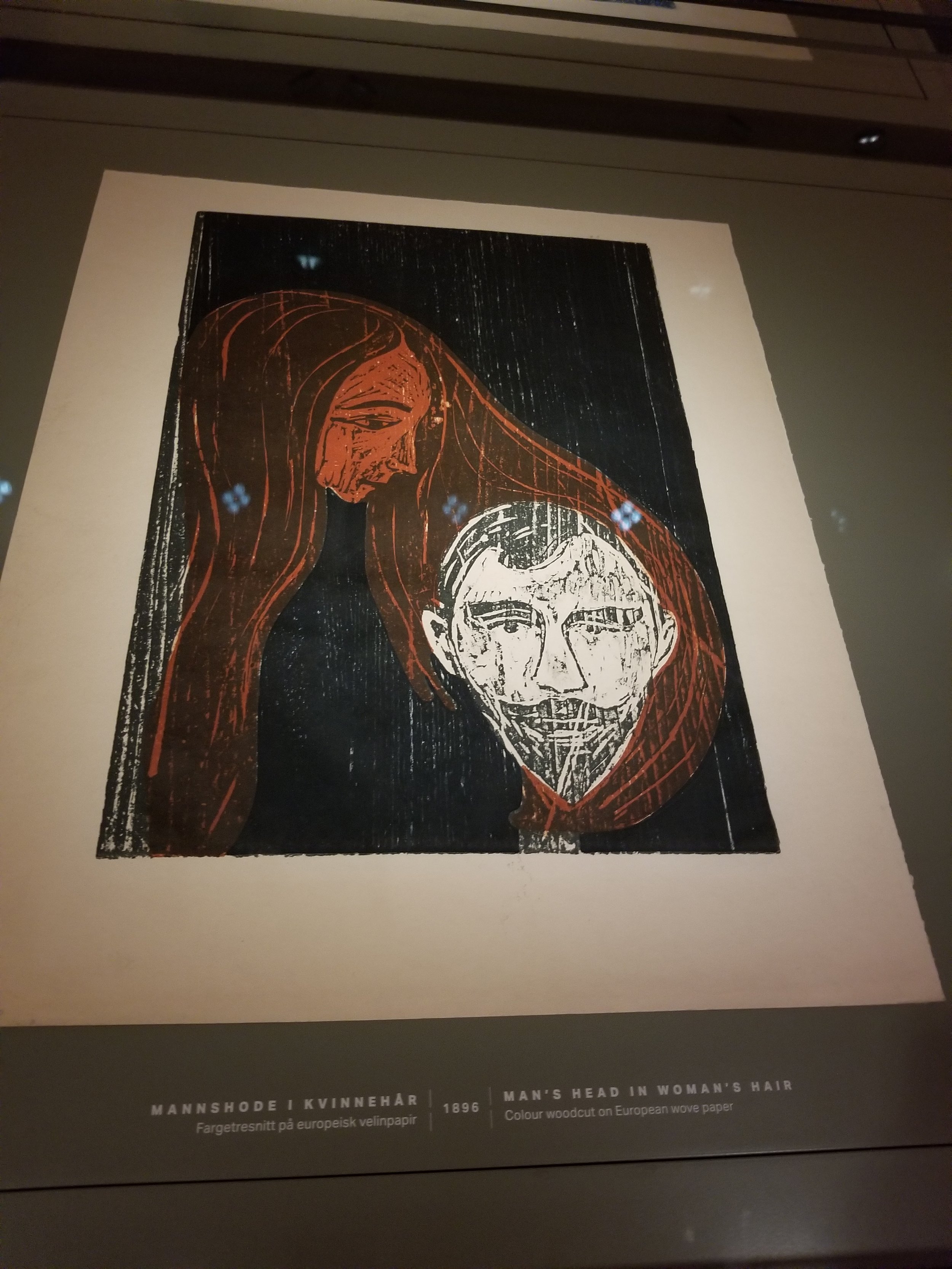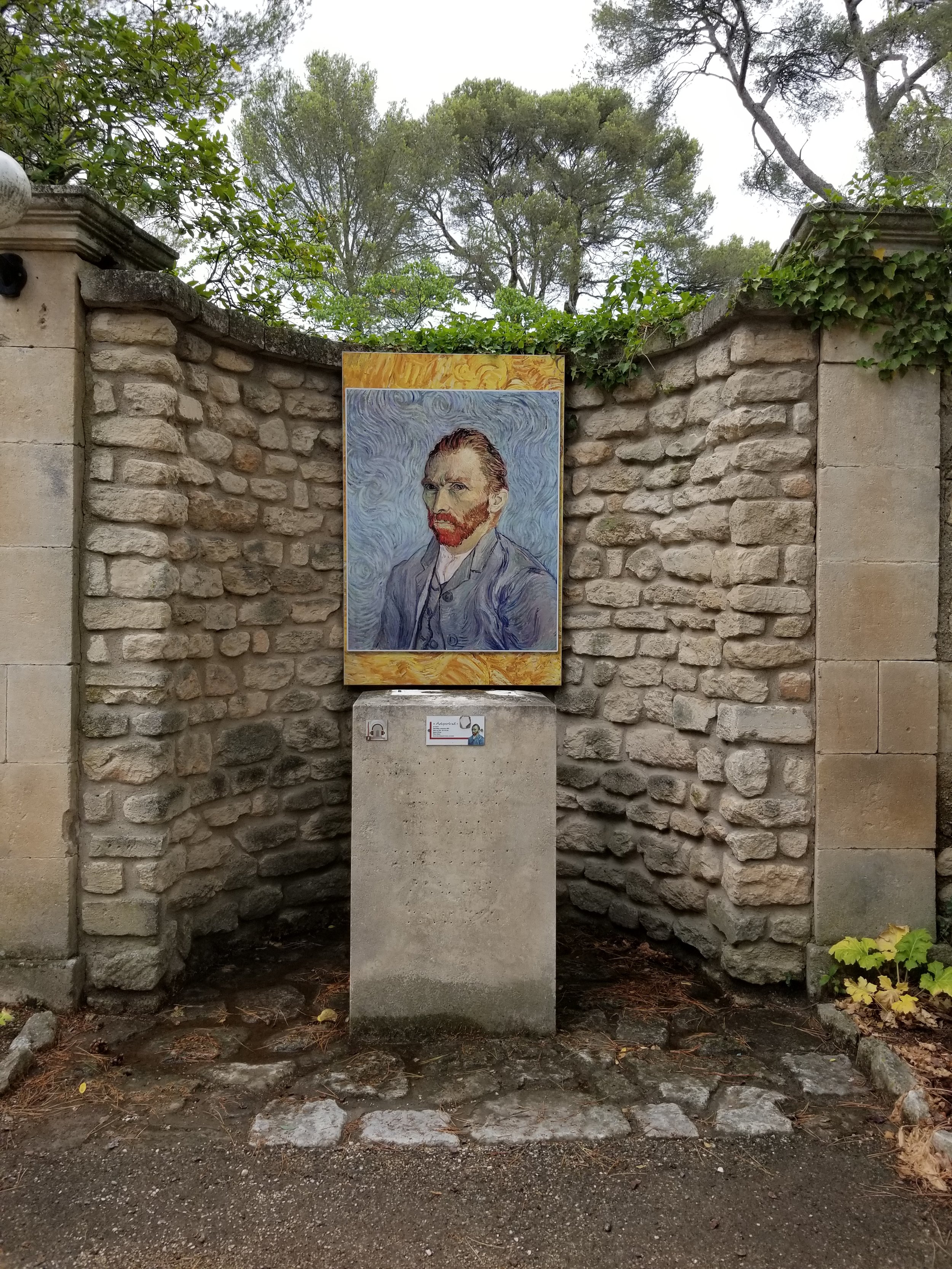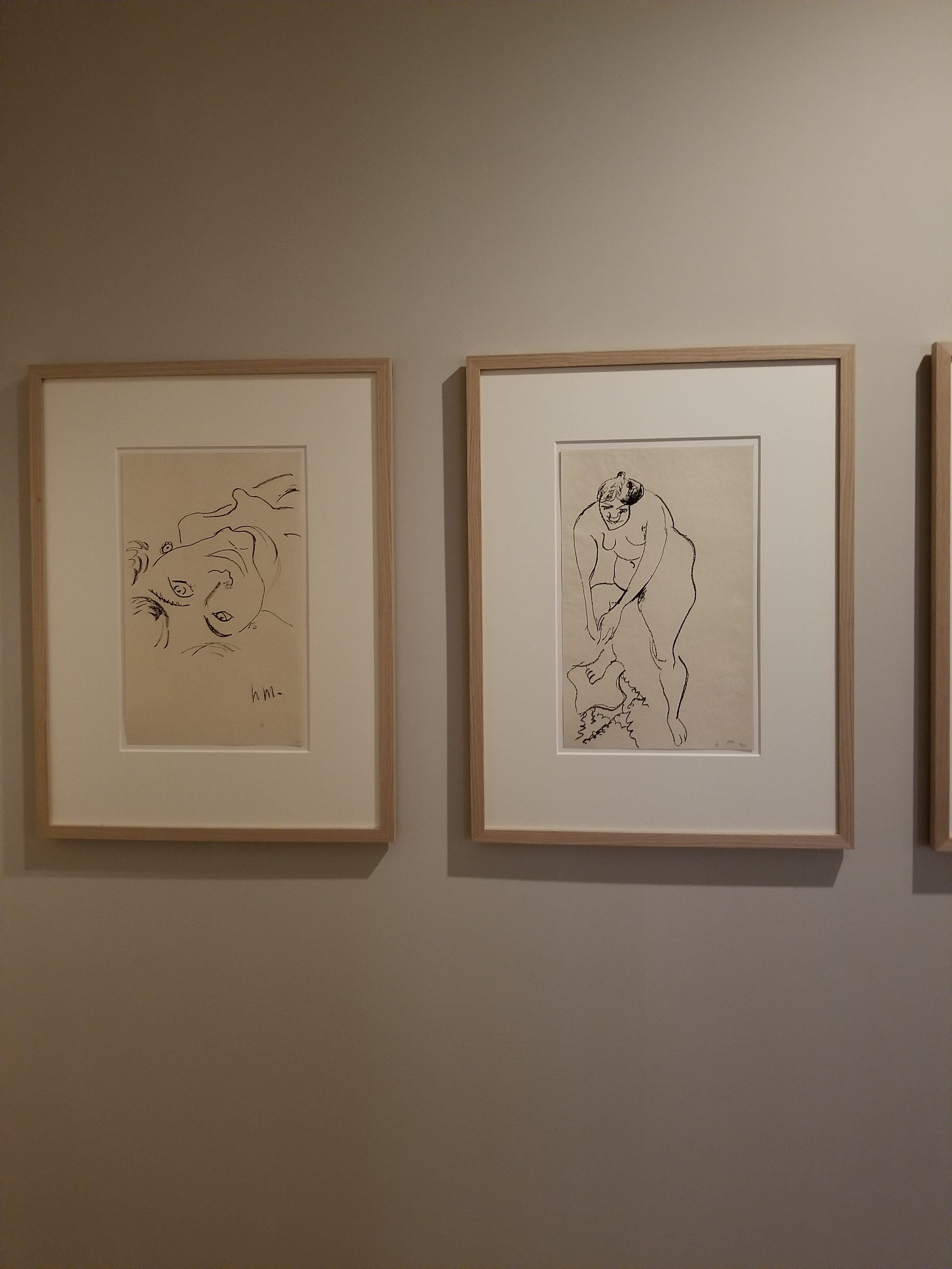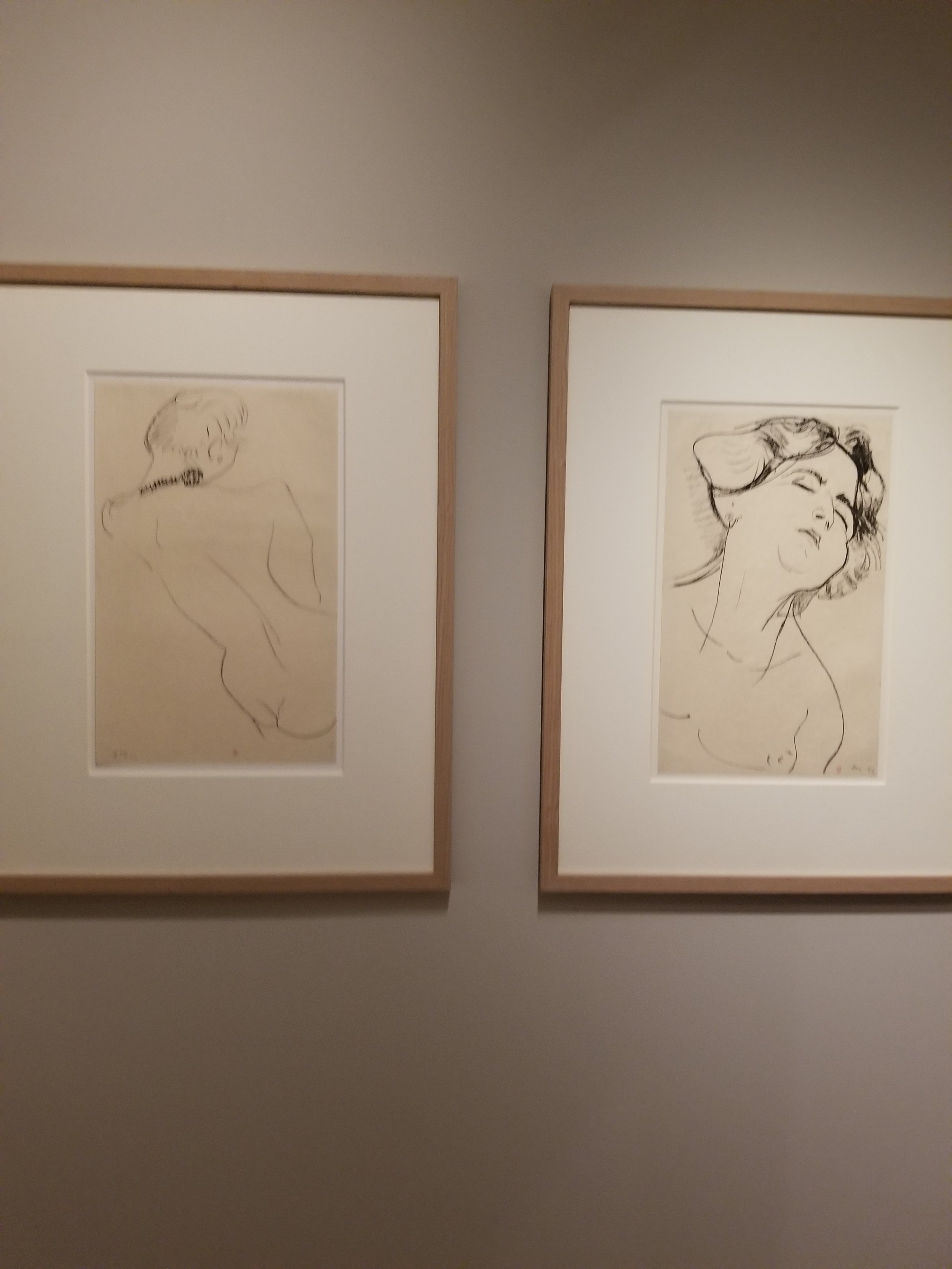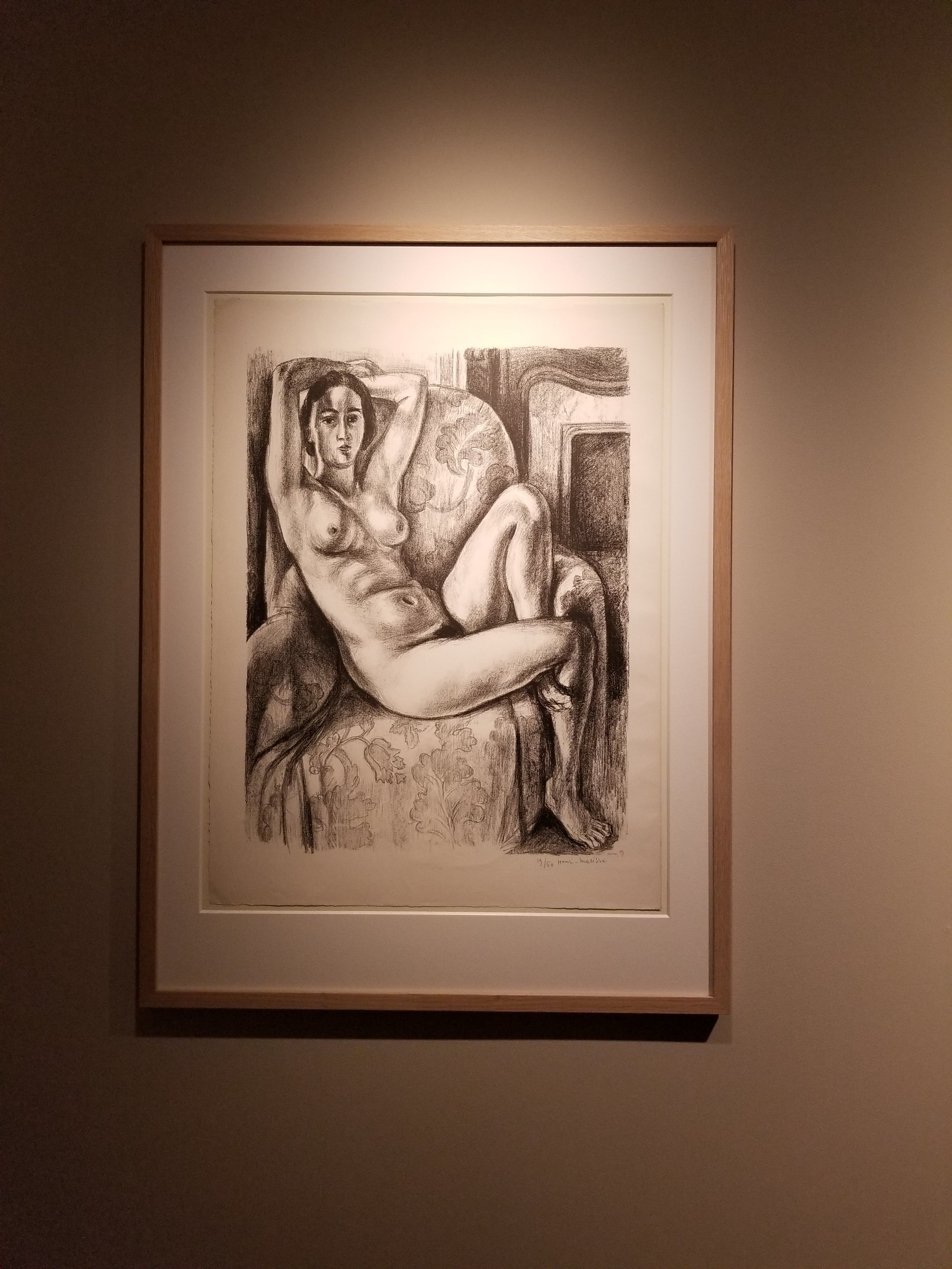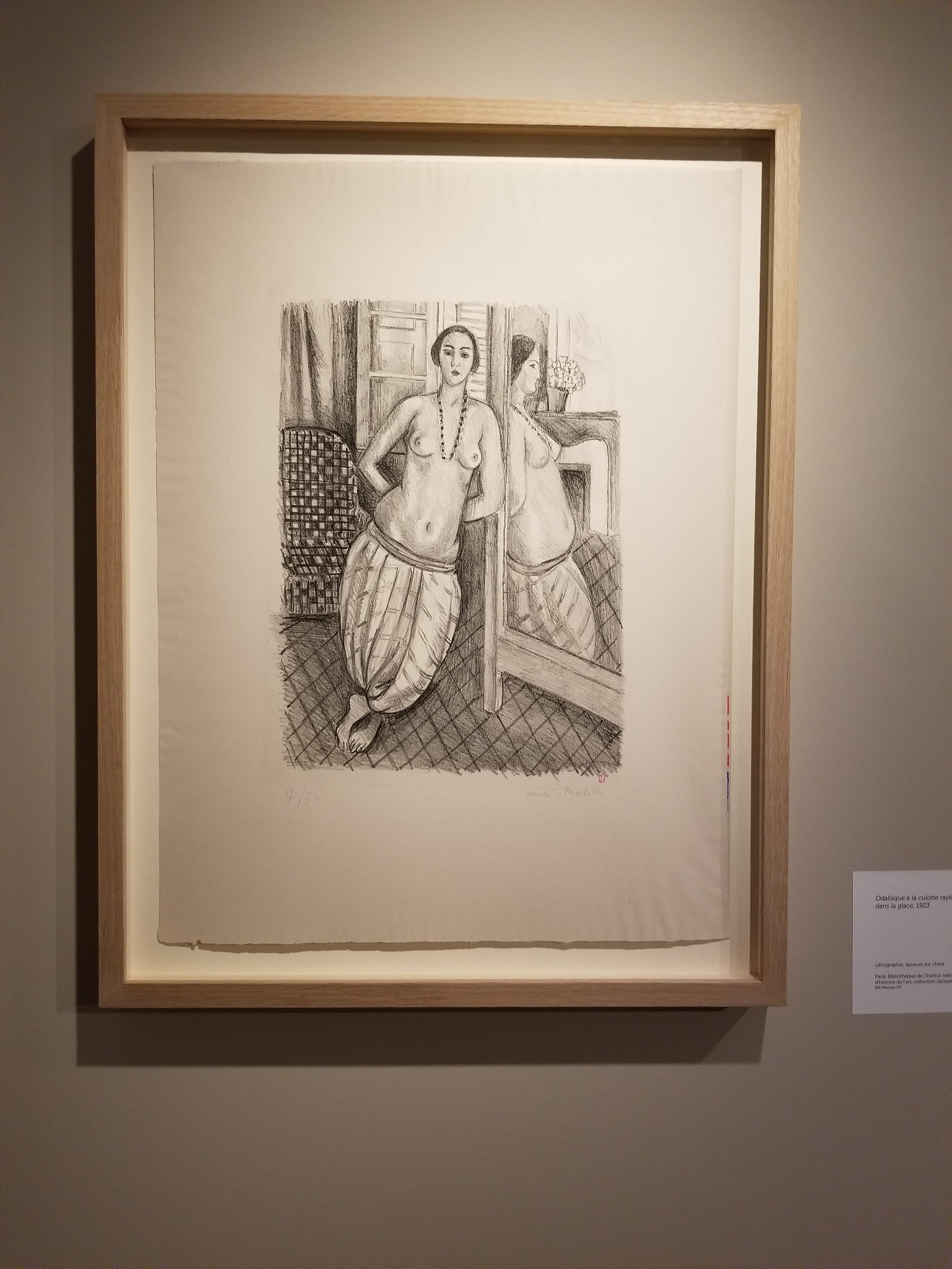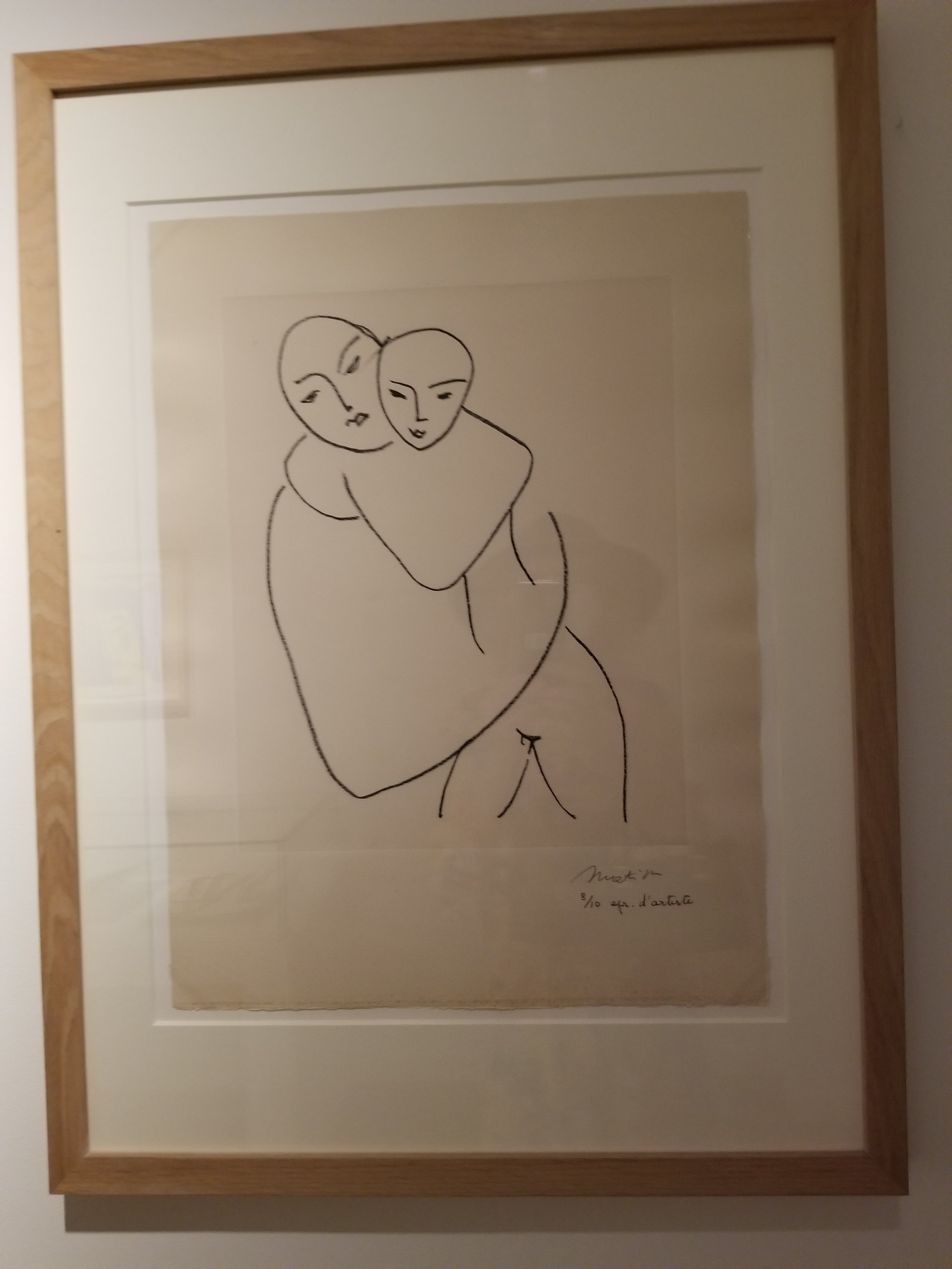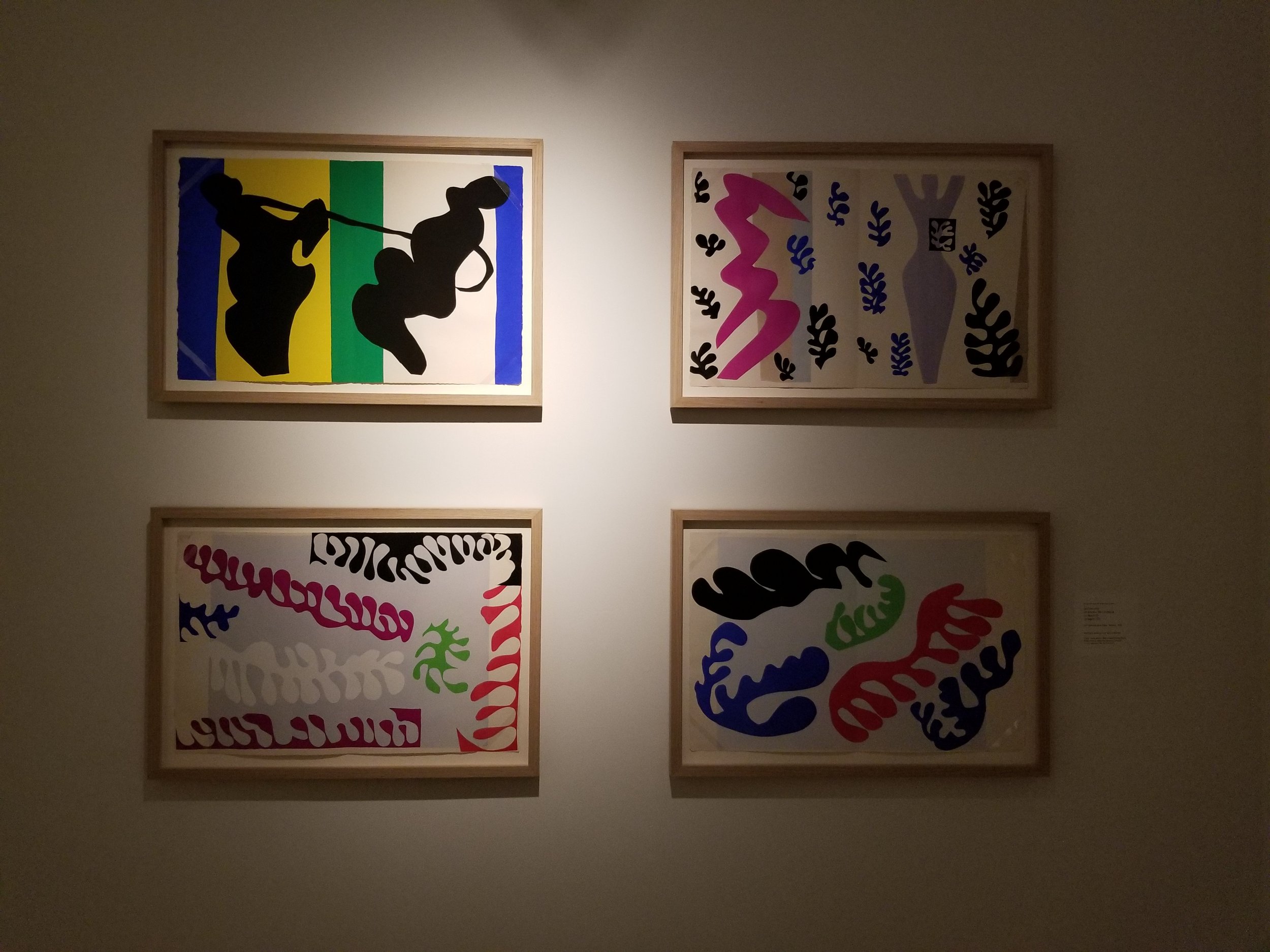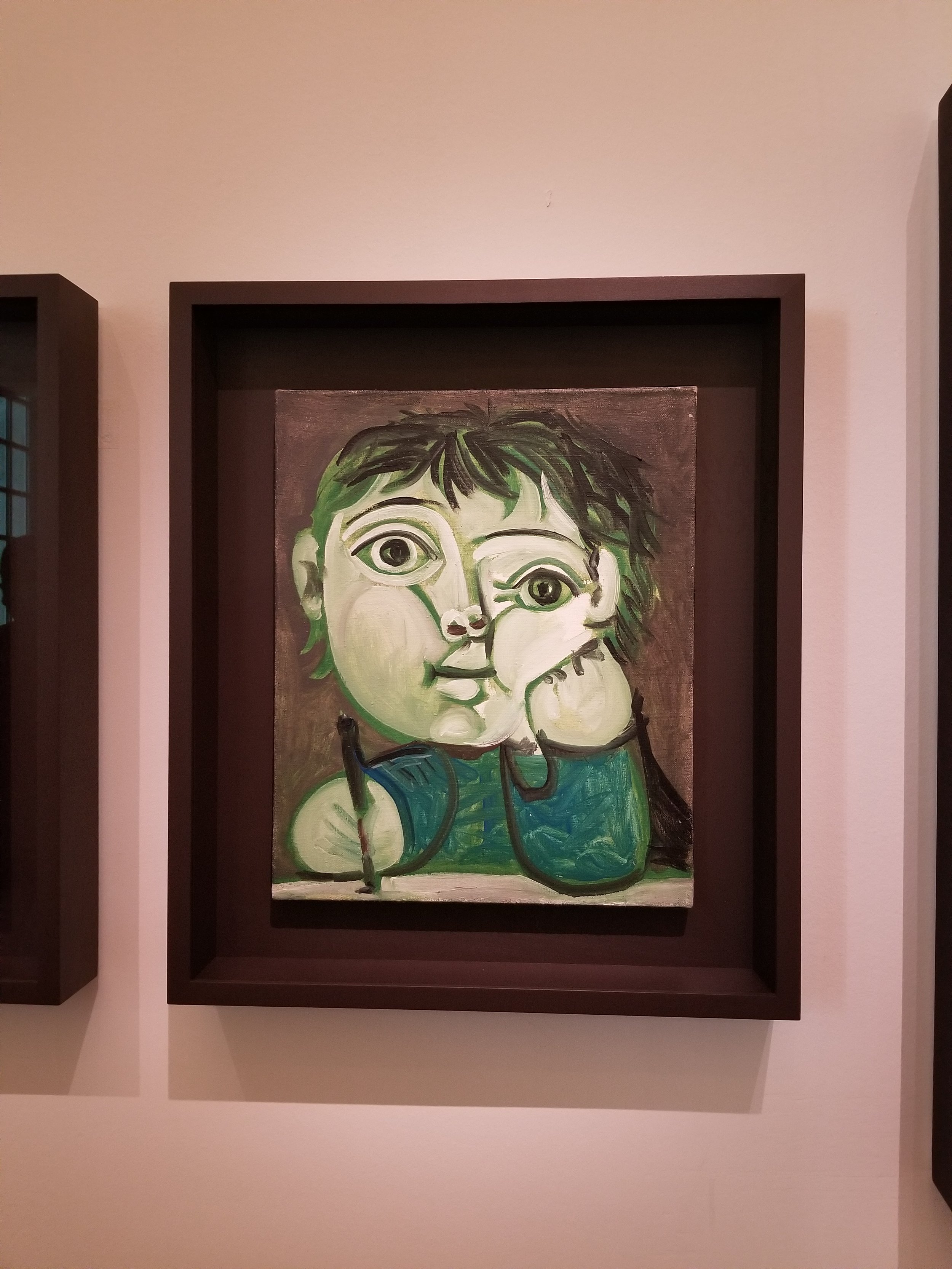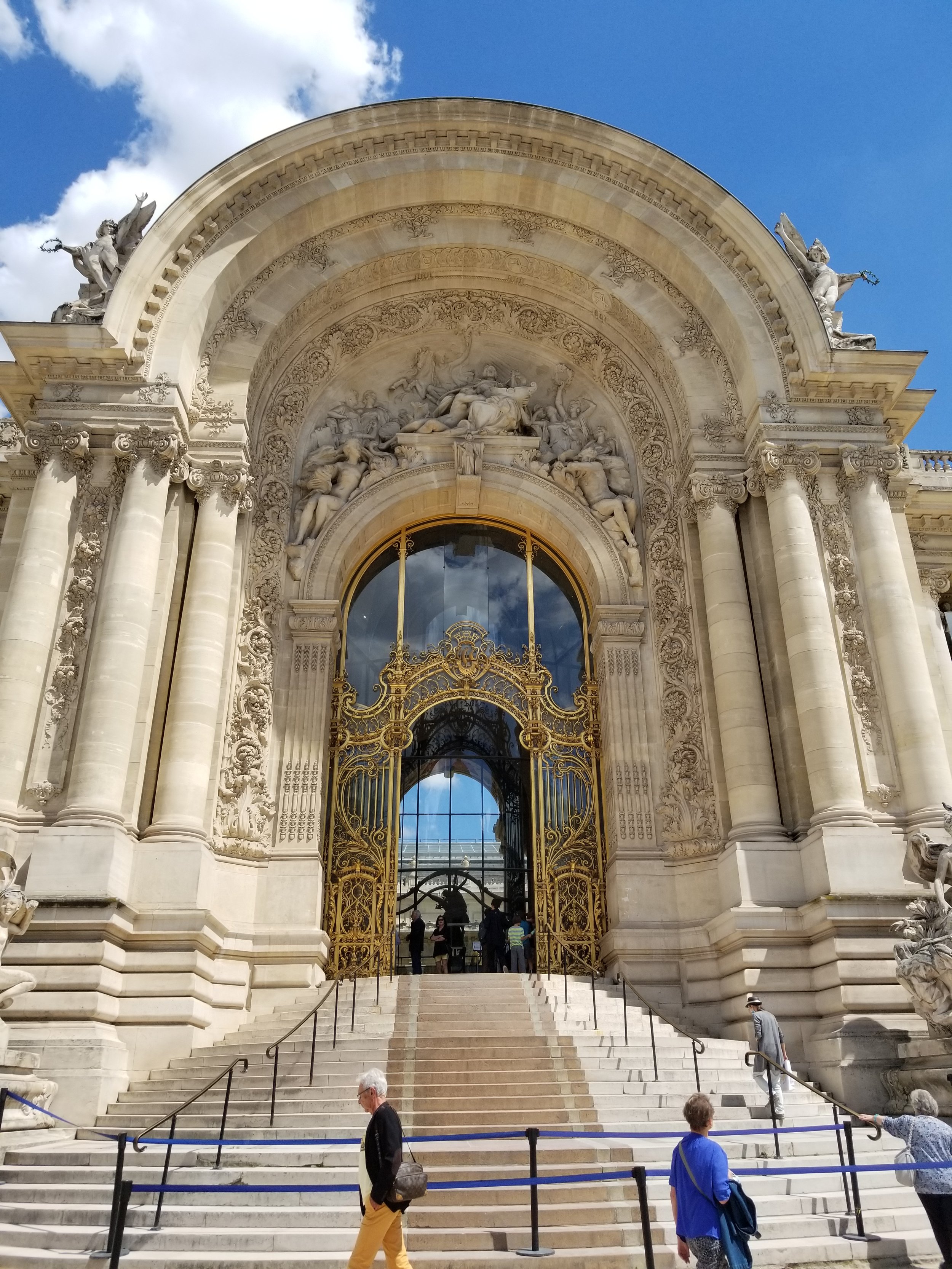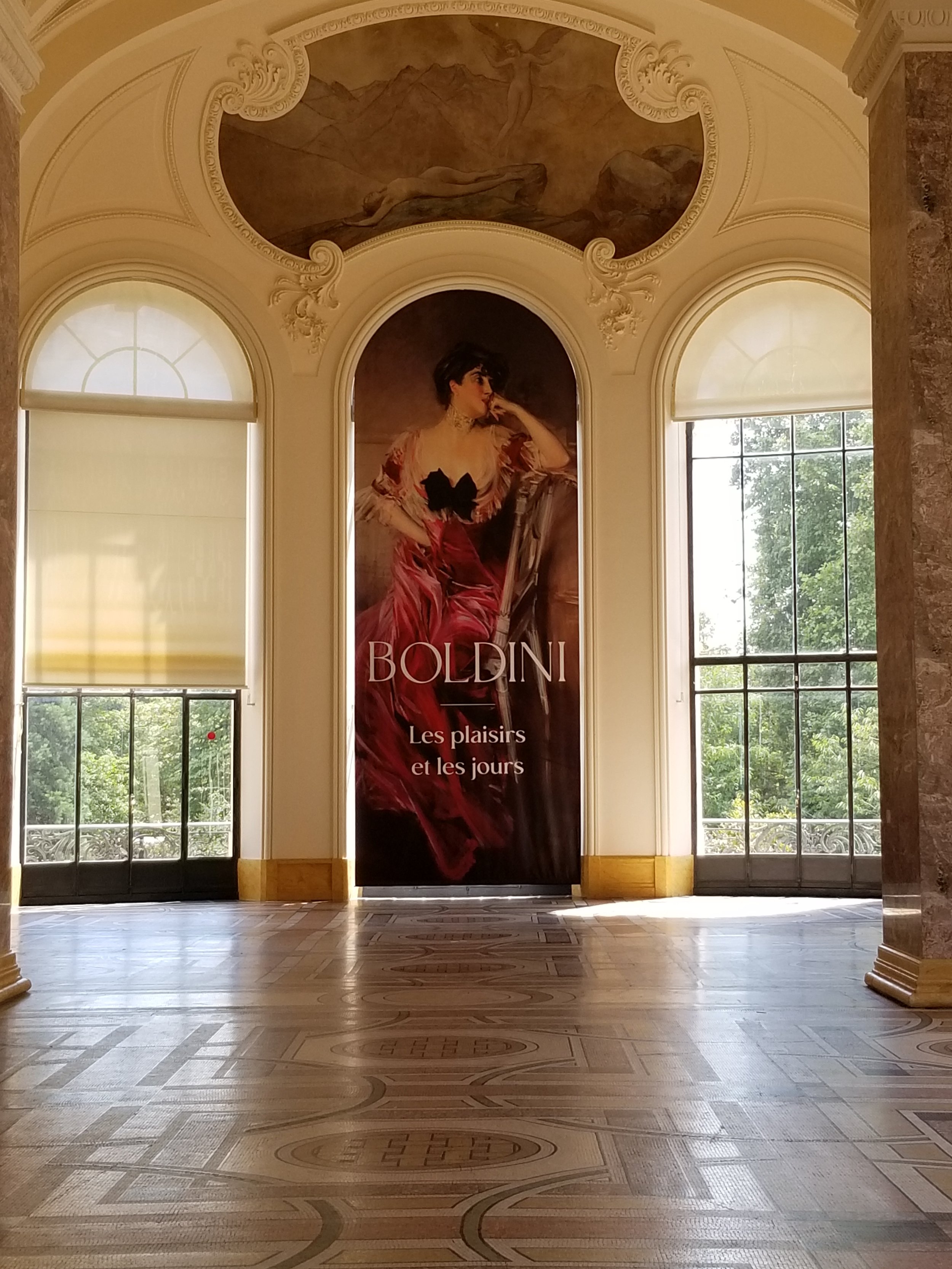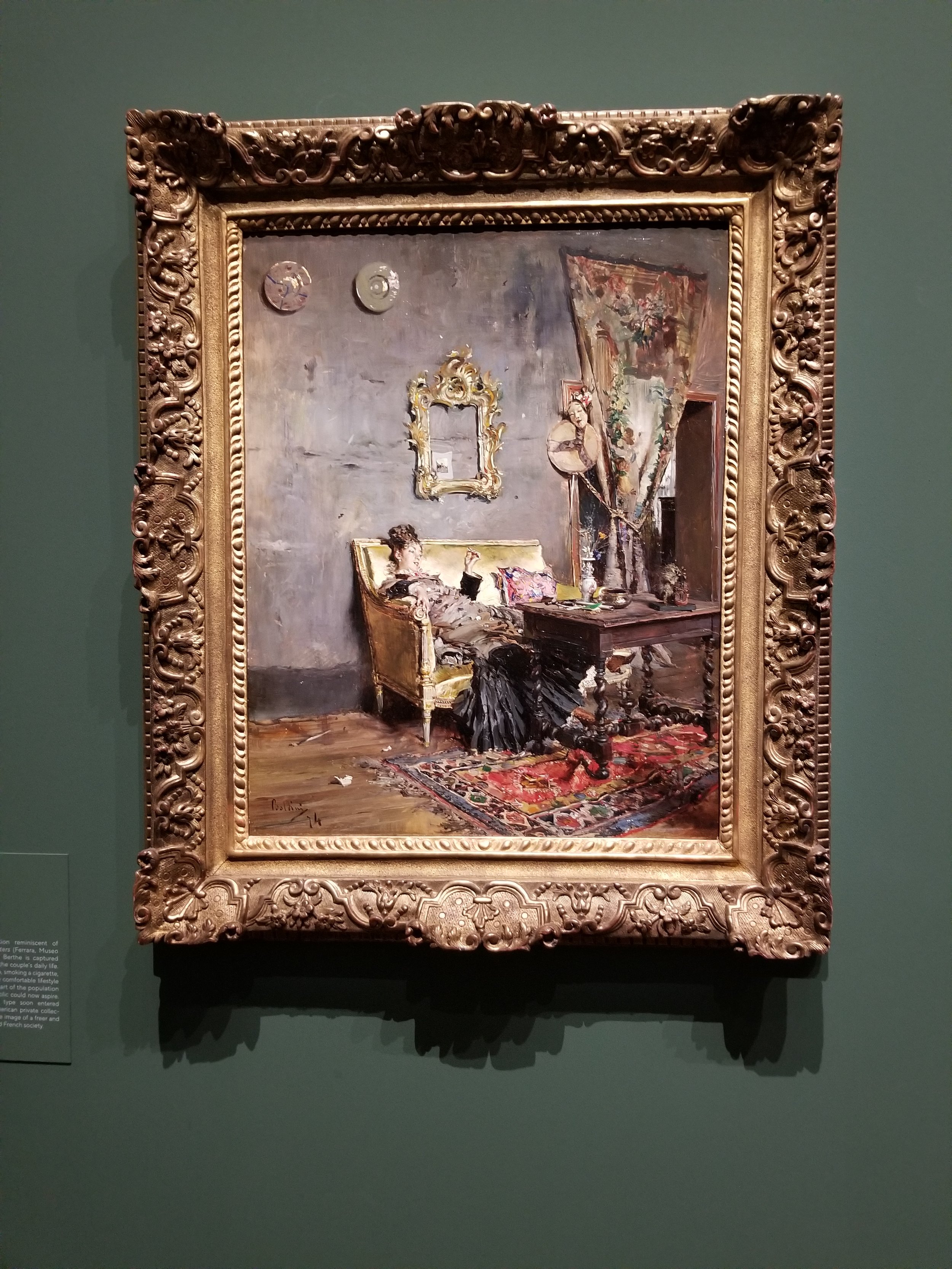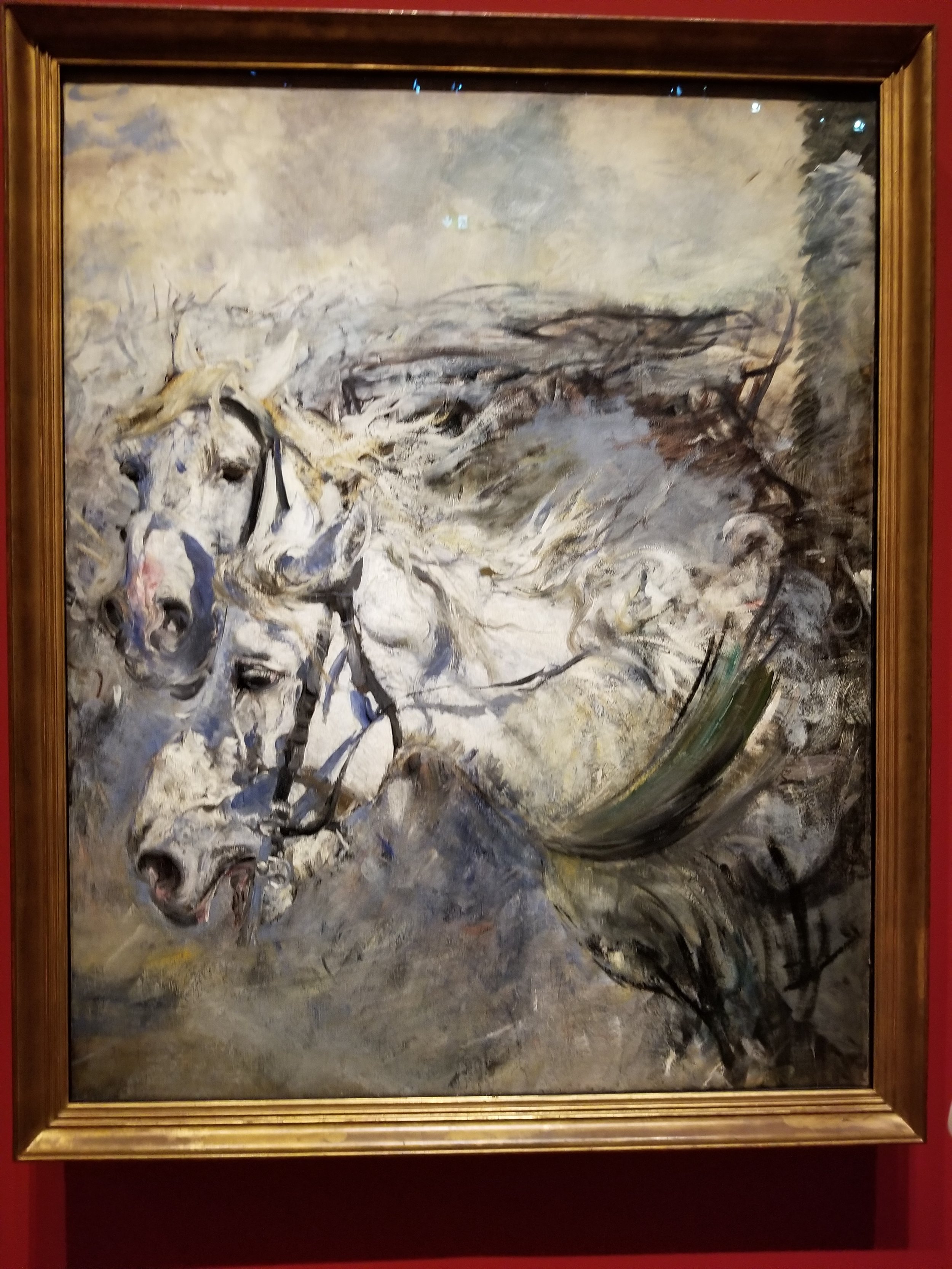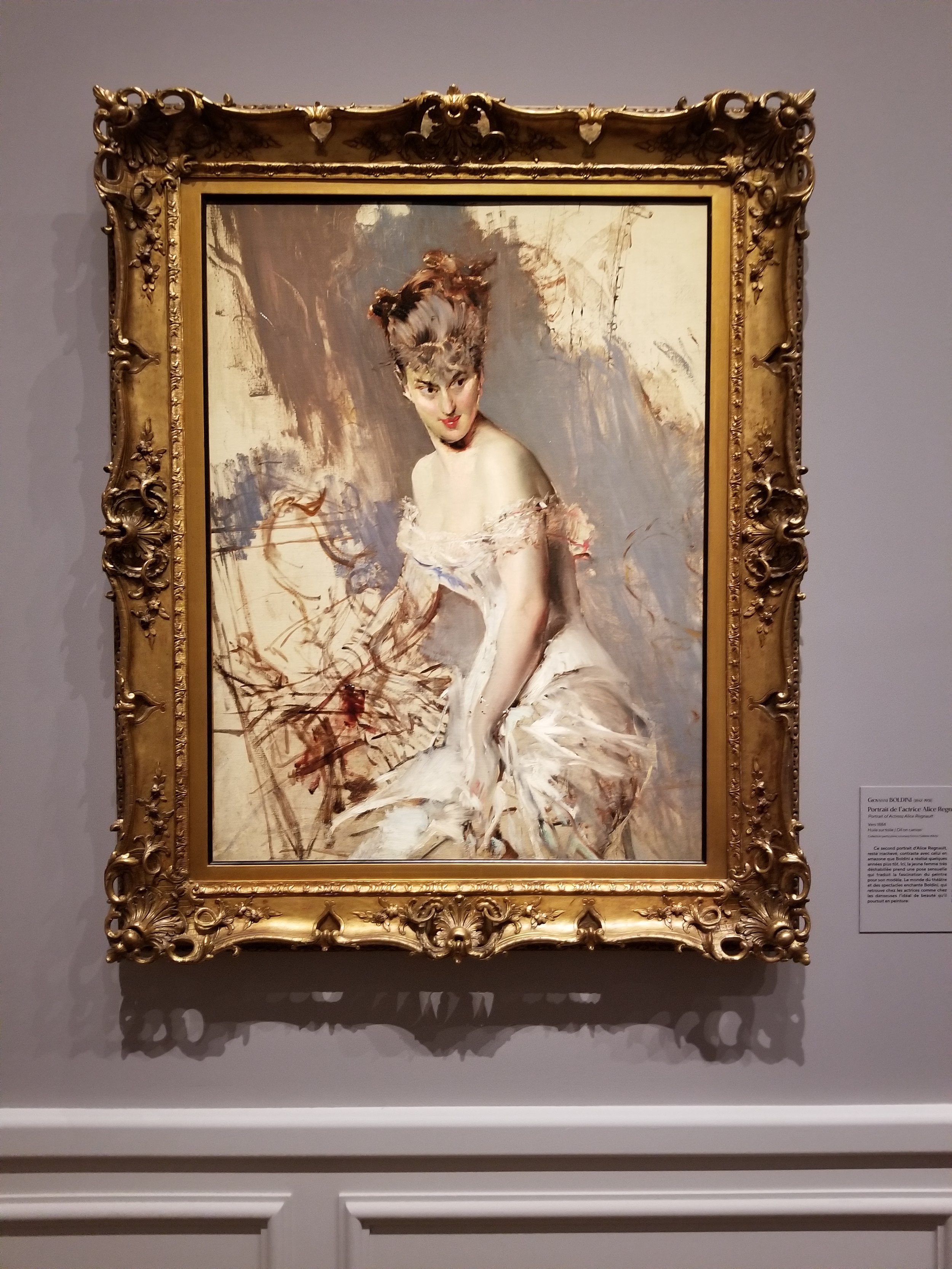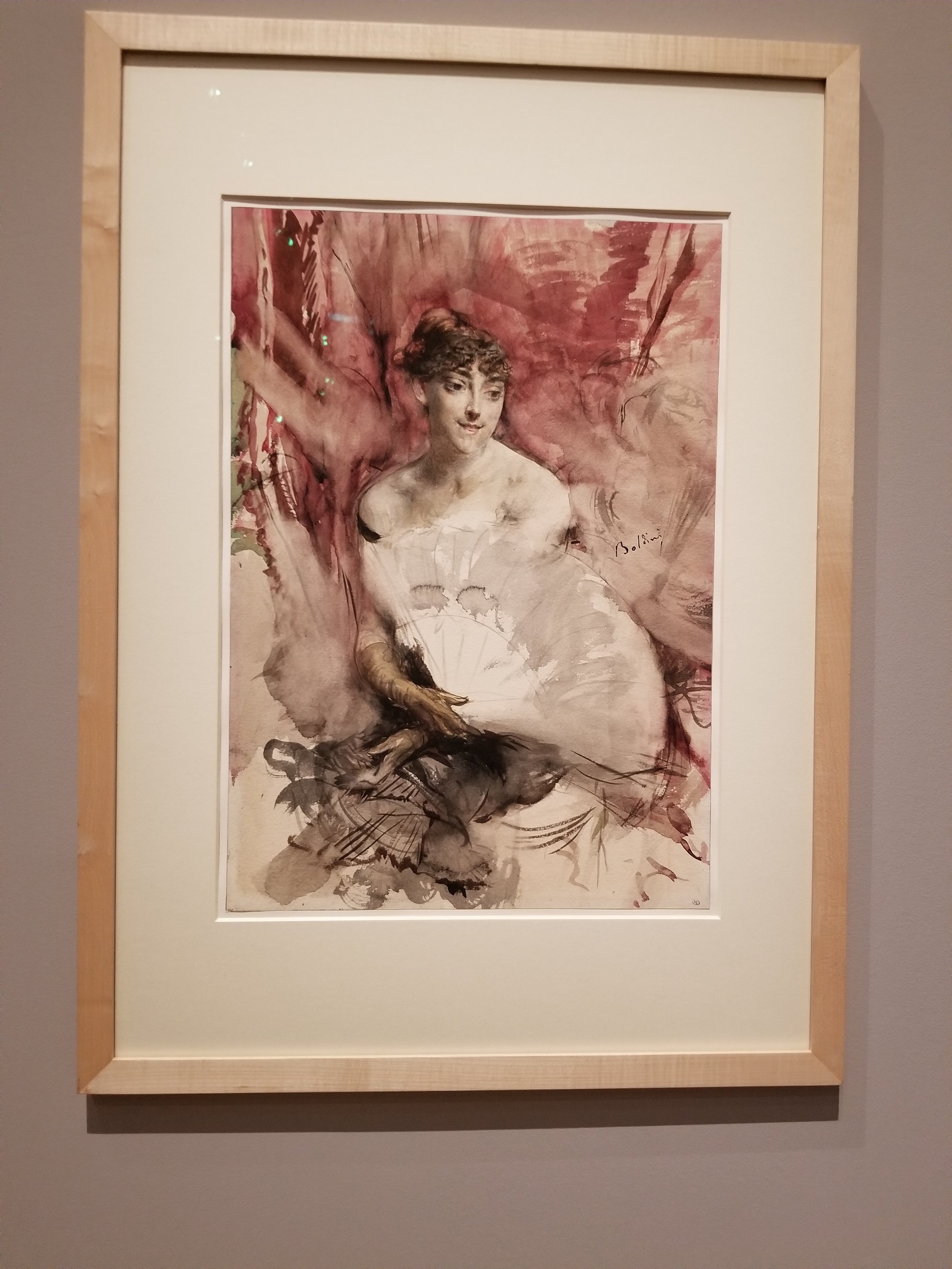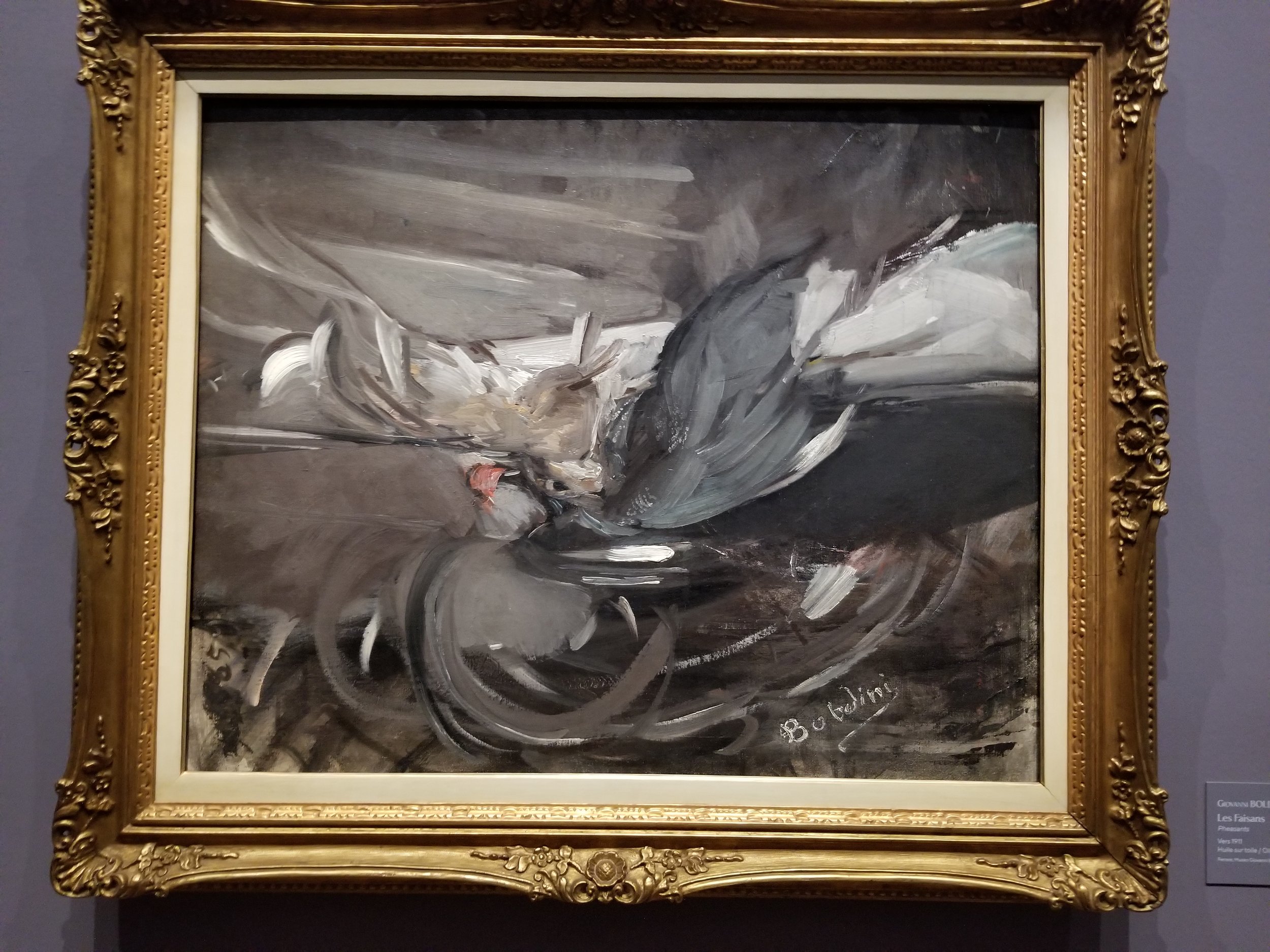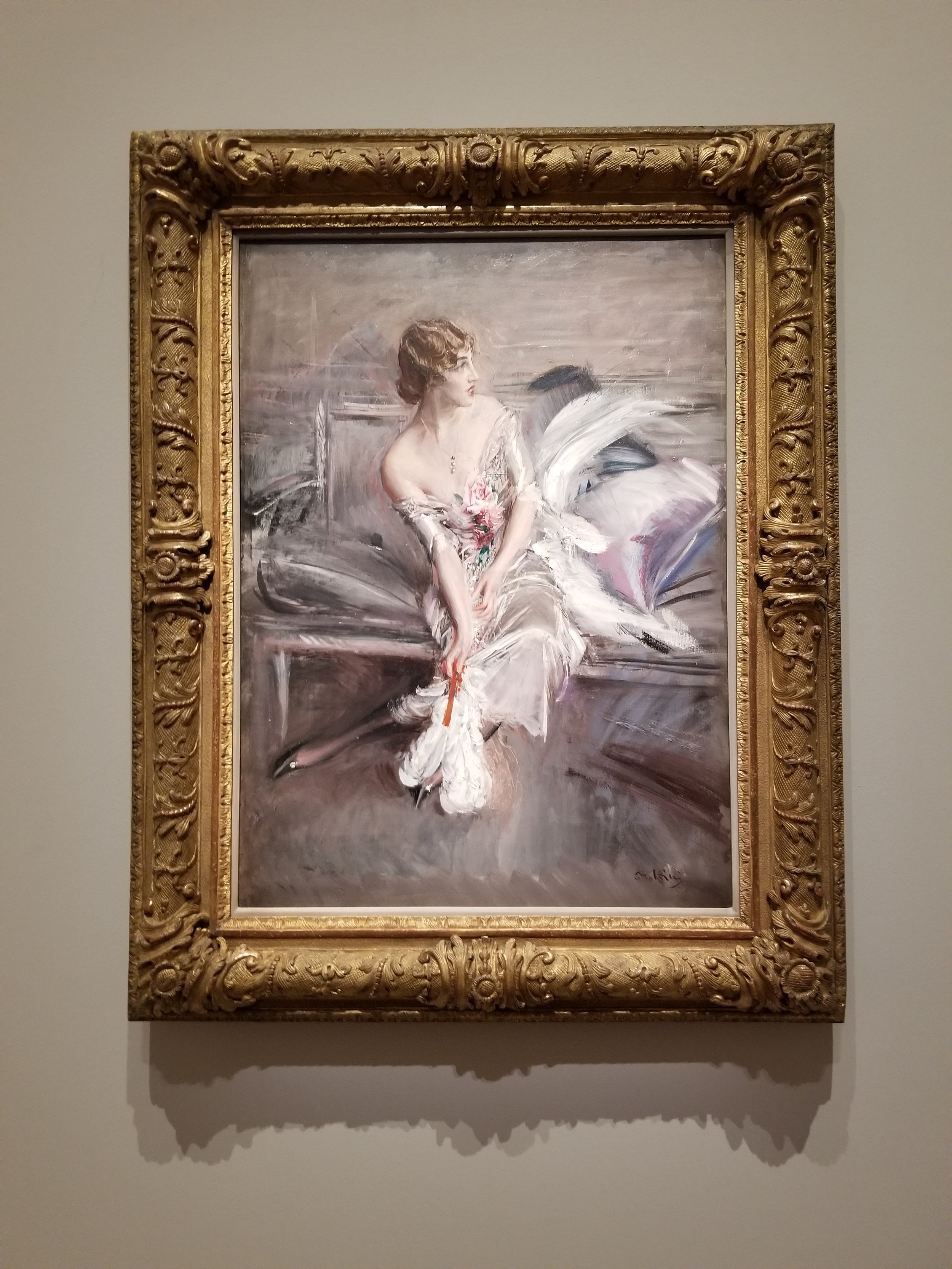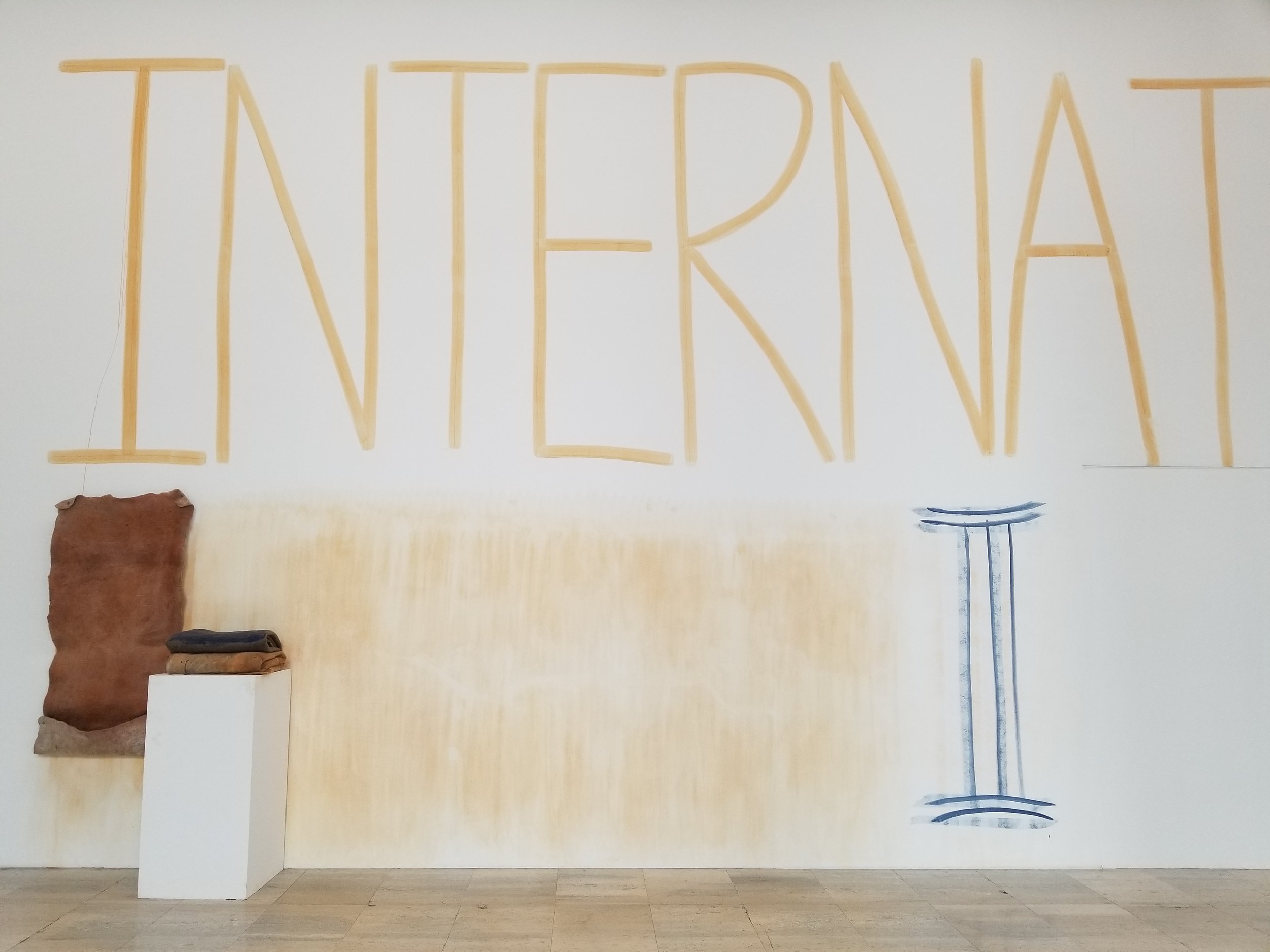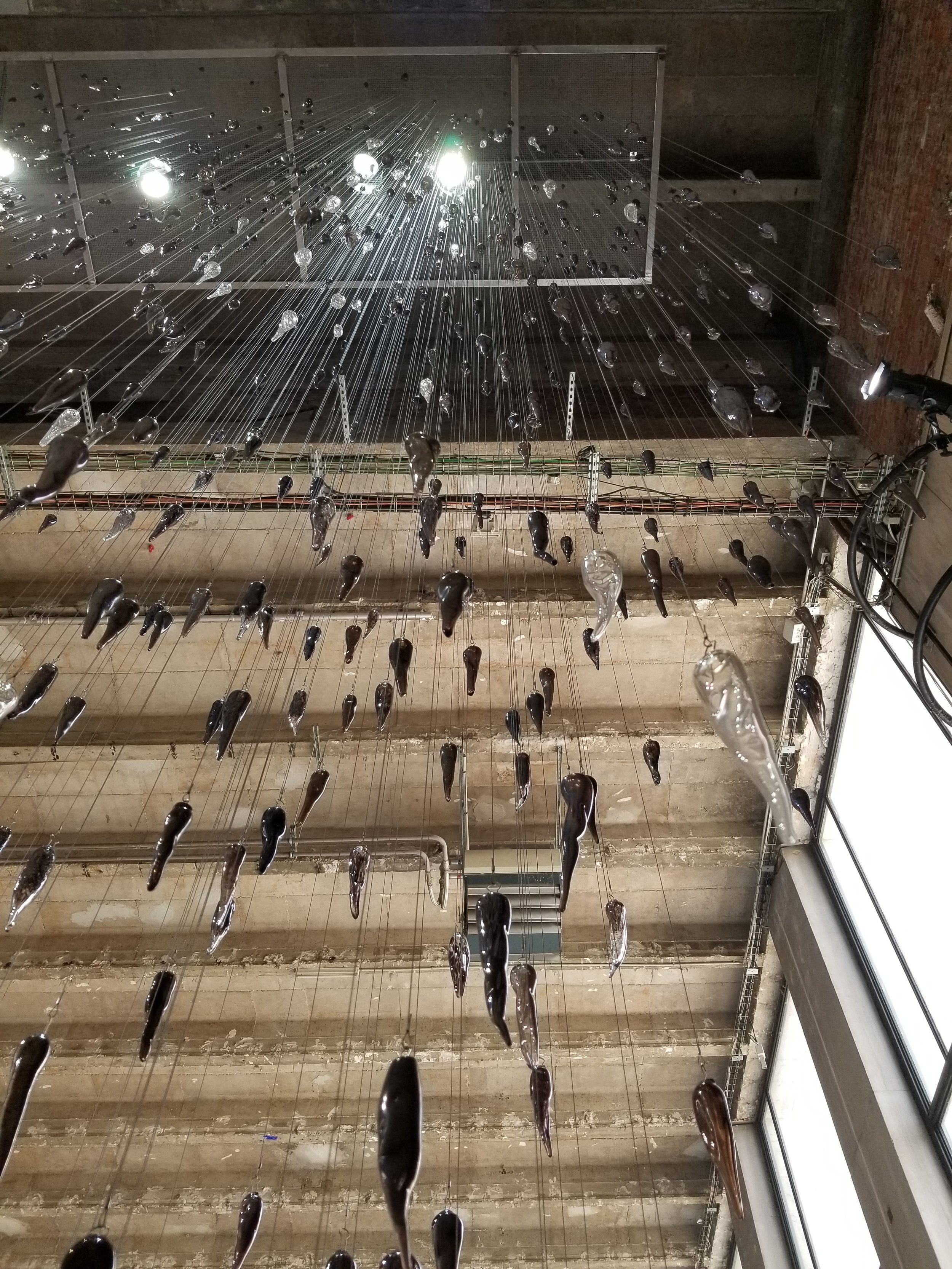Summer travels...
This summer our overseas travels happily found us in Oslo, Provence and Paris. Below are some stories about the art work that I saw along the way.
This was my first visit to Norway. I was excited to see a friend and spend time in both Oslo and Bergen. We had rain almost everyday during our time there, and coming from a very dry Colorado, I enjoyed every minute of it!
Oslo is filled with museums but the two that I wanted to see, both had a collection of Munch’s work. One is the National Gallery and the other is the Munch Museum, which is devoted to Munch and his work. Even if you think you don’t know the artist, Munch, I’m betting that you know “The Scream”! What I didn’t know, was how many versions of “The Scream”, Munch created - 4 - including a lithograph from which 30 copies of “The Scream” have thought to be printed. On the 4th floor of the Munch Museum they rotate 3 different versions of “The Scream”, every hour. If you are able to stay for all 3, you see a print, a painting and a drawing. I took photo’s of the 3, which you can see below.
Most of Munch’s work is as dark as “The Scream”. The emotionality of his work is immediate; the darkness is very easy to feel and the skill with which he approached each work is apparent. It seems that he was also fairly unkind when he depicted people in portraits, often using harsh, unflattering colours and poses that were aggressive or unflattering in some other way. Even the painting of the dog, below, looks strangely human and this coupled with the colour palette and irregular brush strokes, makes the dog look and feel, at the very least, unfriendly. For me, this really shows more about the character of the painter and less about the character of the dog. As an artist one can choose to show the character of a subject or one can choose to show ones own emotions, as Munch did.
In Provence, one of the small towns we visited was Saint-Rémy, home to the Saint-Paul asylum where Vincent van Gogh admitted himself. There is an interesting walk from the center of town, to the asylum and along the way there are plaques to look at, featuring his various works. The asylum building is small and airy with an inner courtyard and grounds that are beautifully landscaped. At the back of the museum there is a full lavender field, olive trees and assorted fruit trees. It was easy to imagine van Gogh, looking out of the asylum window, studying the hills or walking and sitting in the gardens, studying the olive trees and the lavender garden. I had always felt sad that van Gogh suffered so much and was so misunderstood in his mental illness but when I saw the asylum grounds, they felt like a safe place, where perhaps van Gogh was able to take the time he needed to observe and then apply these observations to his works.
In the town of Avignon, at the Musee Angladoni, I saw a wonderful exhibit of Henri Matisse’s work. I continue to marvel that so few lines can create such a recognizable expression. I loved seeing his pencil work since I really love drawing and never seem to do enough of it! Below is my slide show from some of my favourite works, that I saw at the exhibit. I think my most favourite are the last 2 pencil drawings; the woman's face framed by her hair and a drawing of what appears to be a mother and child.
In Paris, I visited the Musee Picasso, the Petite Palais and Palais De Tokyo.
At the Musee Picasso, there is currently an exhibit showcasing works that Picasso did of his daughter, Maya Ruiz-Picasso. These works where a donation from Maya, to the museum, in 2021.
In the first work, below left, it is clear that Picasso is depicting a child. I found this work particularly fascinating because when he used his deconstruction method on adults, the method always appears childlike but the figure looks very much like an adult. In the work below both the method and the appearance of the figure is childlike. In the pencil drawing on the far right, I love the dream like quality that is captured with the tilt of the head and the upward gaze. (The two lines cutting straight down are glare from the glass) It feels like a timeless work and it shows his skill as an artist, in the more traditional sense.
At the Petit Palais I saw the works of painter Boldini, 1842-1931 and I should add that the Petit Palais is, itself, a work of art! Boldini’s work astonished me because of it’s realistic quality that at the same time, looks extremely painterly. His palette was, overall, light and bright. All of these things lent a freshness to his works, that if not for the clothed figures in the paintings, could have been painted yesterday. As I walked along viewing the paintings I was struck at how, over time, his brushstrokes loosened. And, not just loose but they became energetic. You can see it in some of the photo’s, in the slideshow below; the swish of a fan, the aliveness of the horse heads which makes them look as if they are galloping along, the boldness of the paint strokes in the backgrounds; sometimes unfinished, the squish of the sofa cushion that the figure is sitting on and so on. One of the paintings of birds, depicts so much movement that it is only in standing back, that one can clearly see what the subject matter is. As he became looser with his brush strokes, his paintings gave more of a feeling of energy and movement which again, made me feel as if they had just been painted.
It always feels as if anything goes at the Palais de Tokyo museum! The hours of operation say it all; 12pm - 12am! This time I saw the exhibit on reclaiming the earth. Unfortunately my phone battery died so I was only able to take 2 photos. The exhibit was really interesting and there are really good photos of the installations on the Palais de Tokyo website. Please use this link, should you want to see more: https://palaisdetokyo.com/en/exposition/reclamer-la-terre
The photo, I took below left, shows work by artist D. Harding. Harding created wool felt blankets in the lineage of traditional Aboriginal cloaks made of possum skins. These felt works are saturated with red ochre and gum arabic and become vessels carrying pigments around the world. They can be rehydrated and the pigment and the hematite, a mineral used to help healing, can be released.
The photo, I took below right, shows a work by artist Yhonnie Scarce. It’s an aerial work, streaming down from the ceiling of the building. “Yvonnie created hundreds of hand blown glass yams…whose shape evokes both an explosion and a cloud of inverted water drops, (revealing) the numerous losses associated with nuclear testing - so hot that it turns the ground into glass.”
Thanks so much for reading. I hope that in sharing these photo’s with you, you will feel inspired to visit your local museum because there is nothing like seeing art in person! What is flat on a computer screen completely comes to life, when viewing the work in person.
I’ll leave you with a slide show of some of the fun photo’s from our summer travels. Look out for a brilliant rendition of “Girl with the Pearl Earring” that I saw in an English bookshop in Avignon, an update of the restoration that is on going at the Notre Dame in Paris (that was so badly damaged in the 2019 fire), as well as a crazy toilet (some have said good looking, maybe a work of art!) that I came across at a restaurant in Paris!
Next blog post I look forward to sharing with you the ins and outs of fall fashion, 2022.
Be well!

